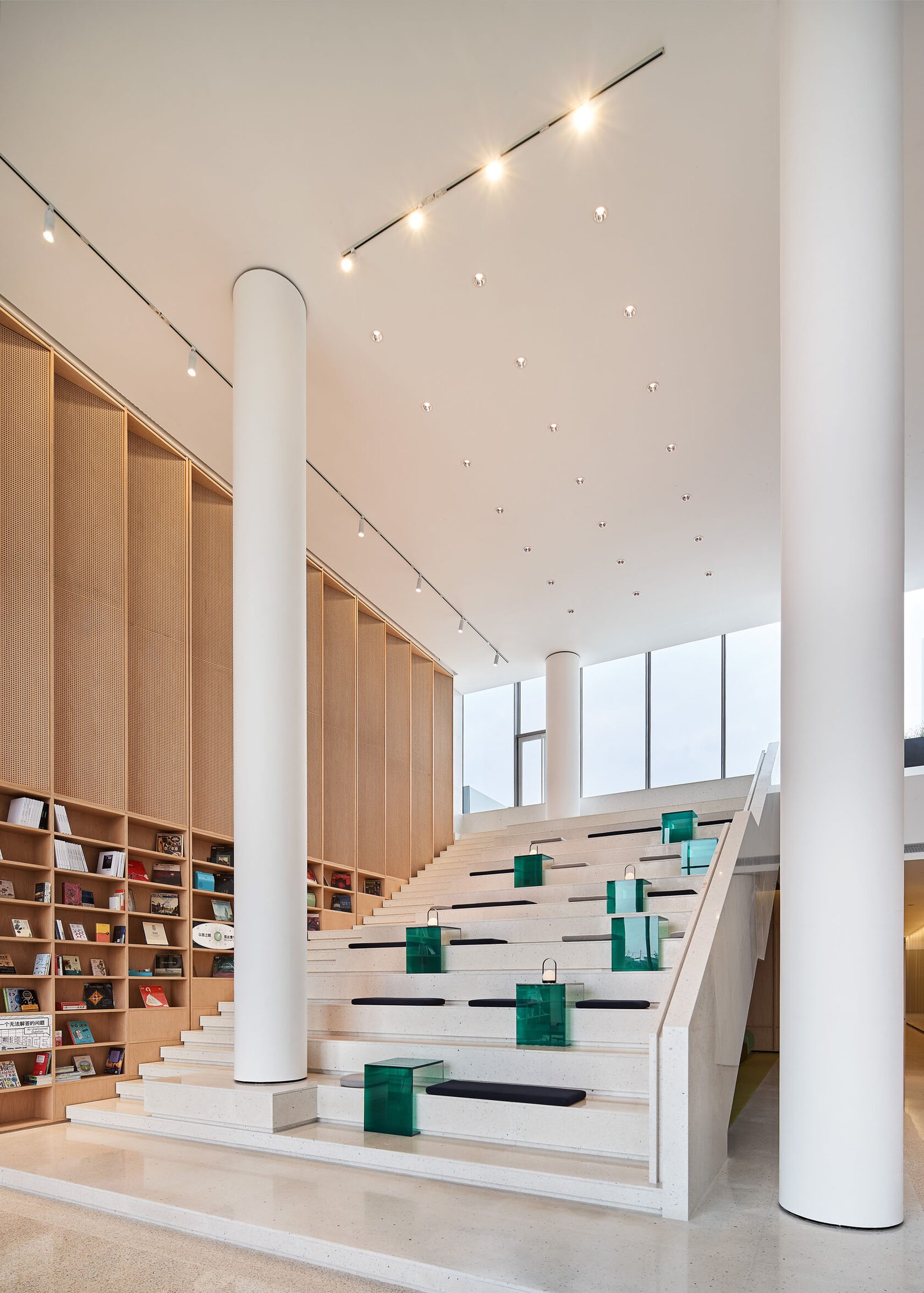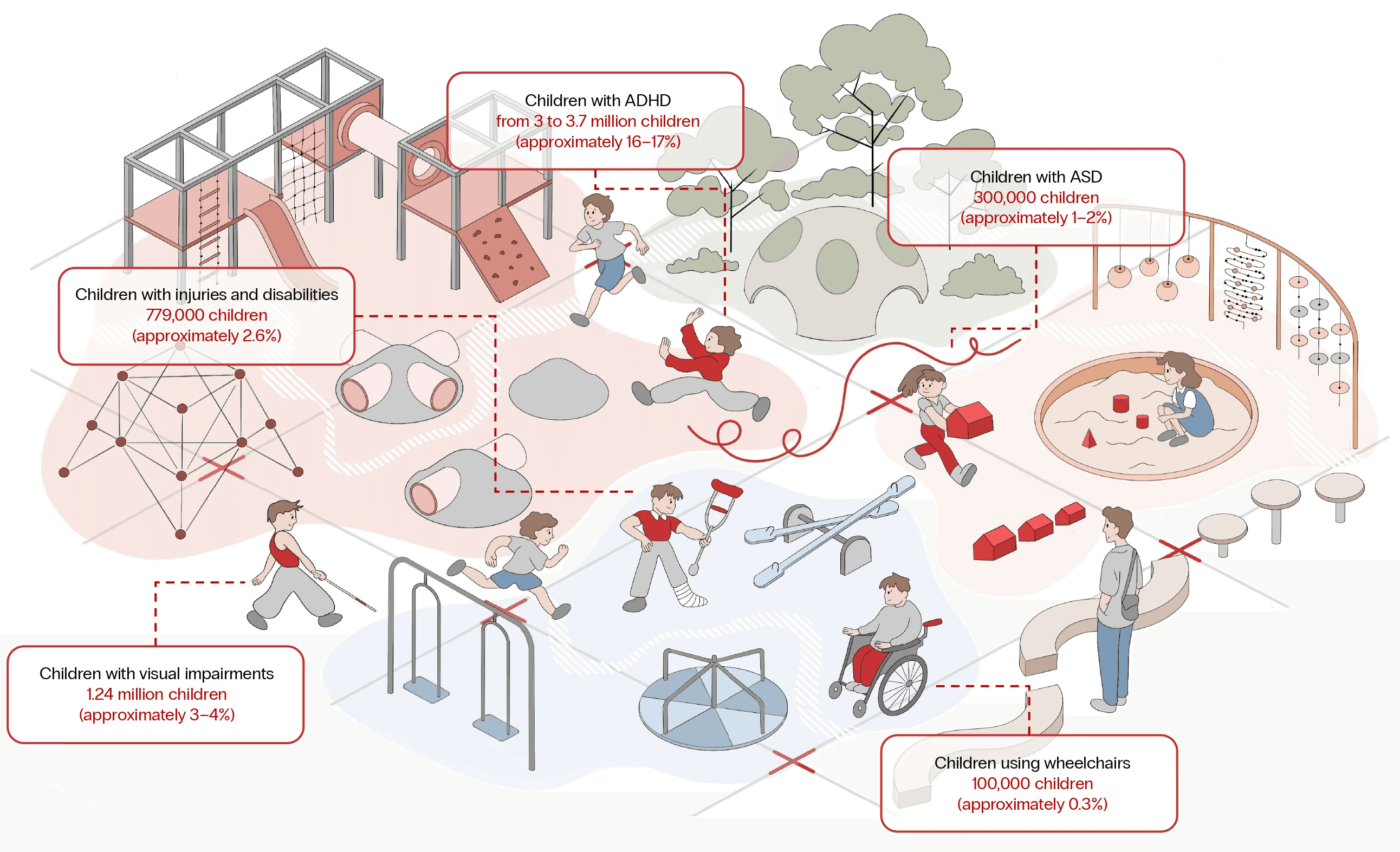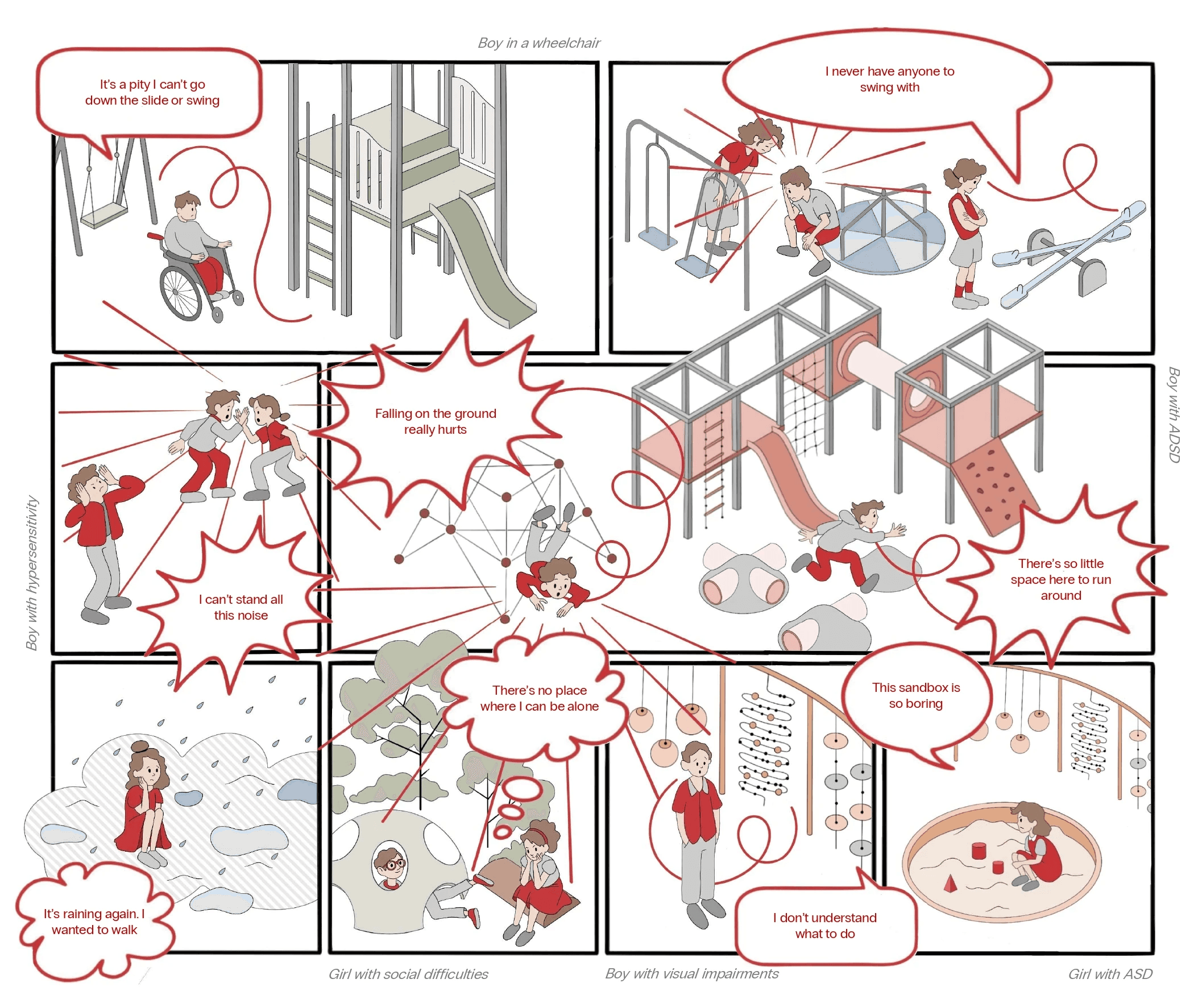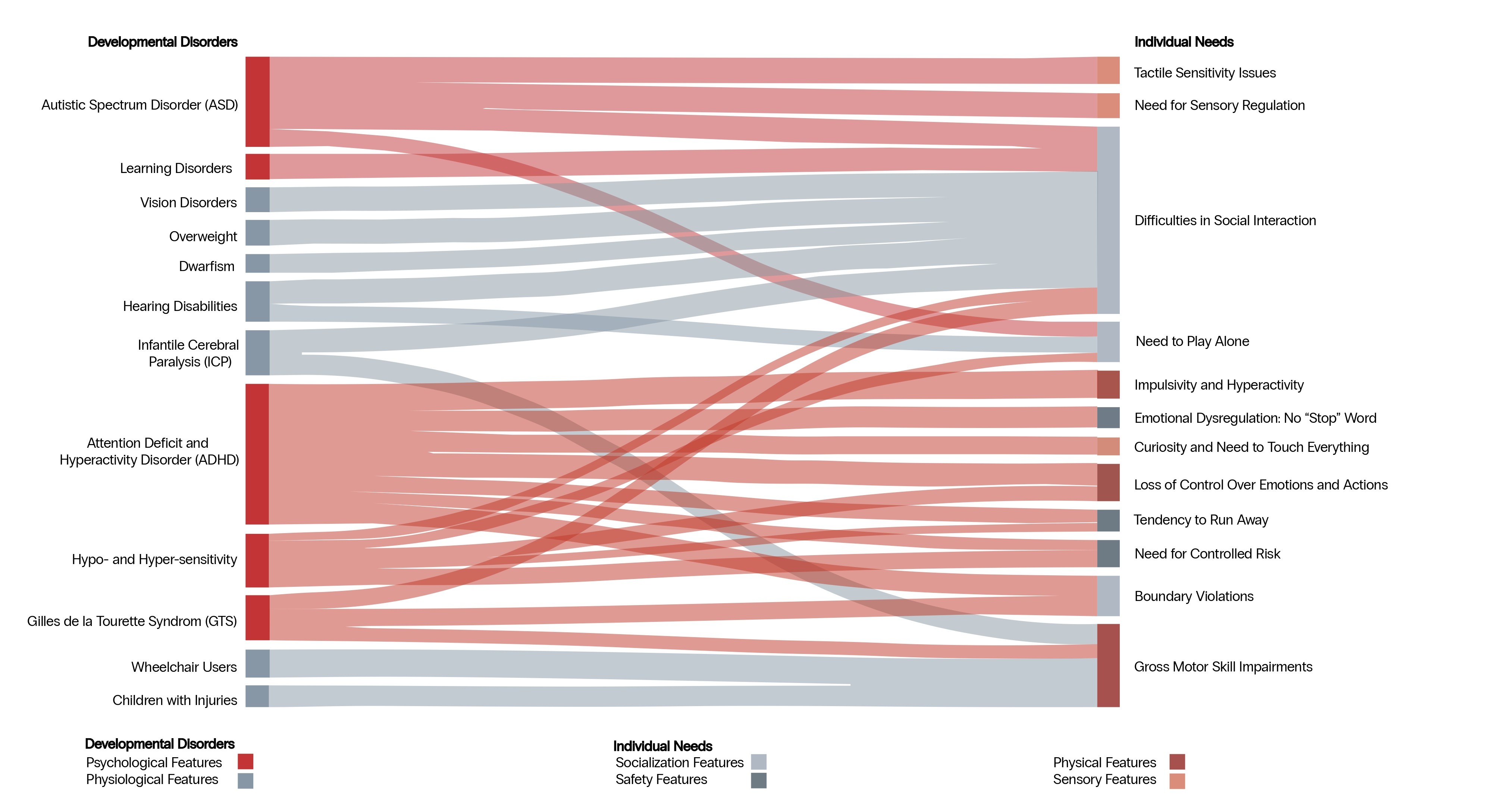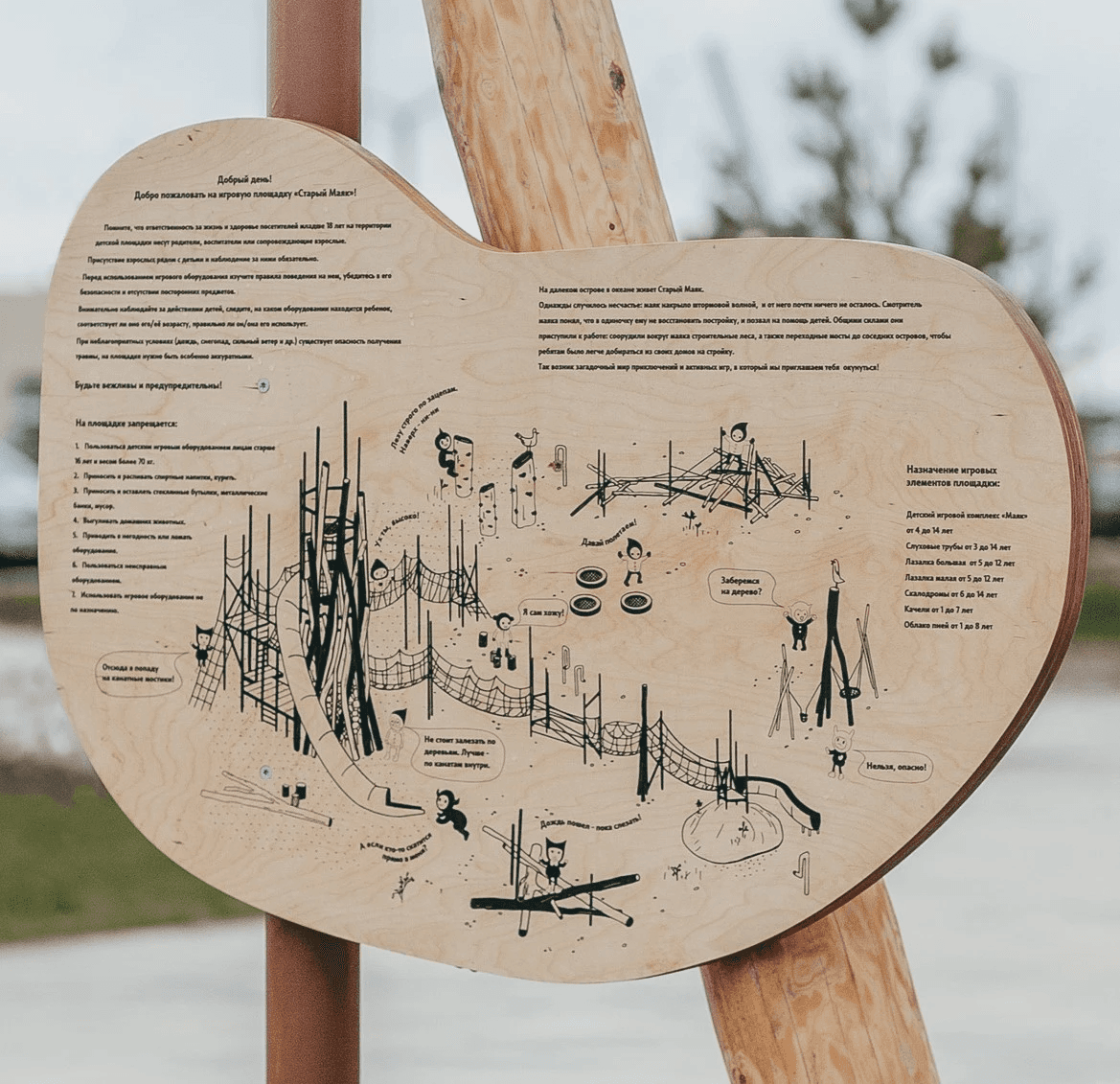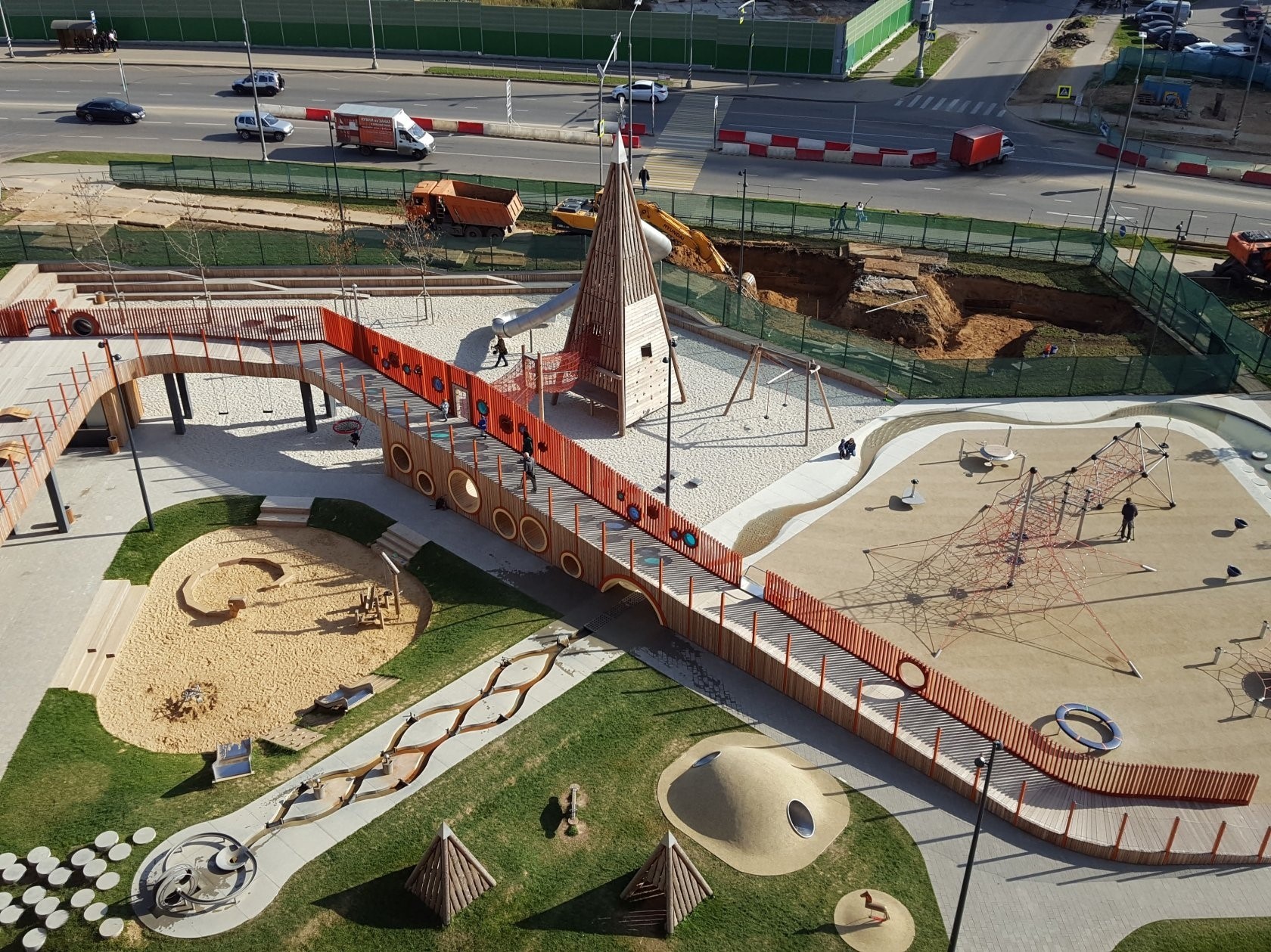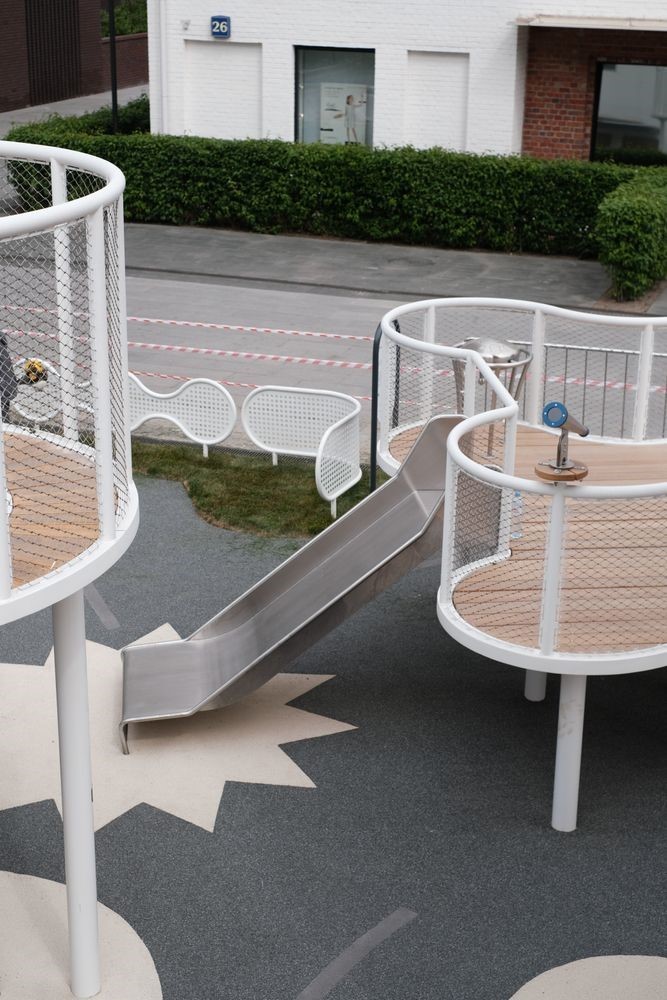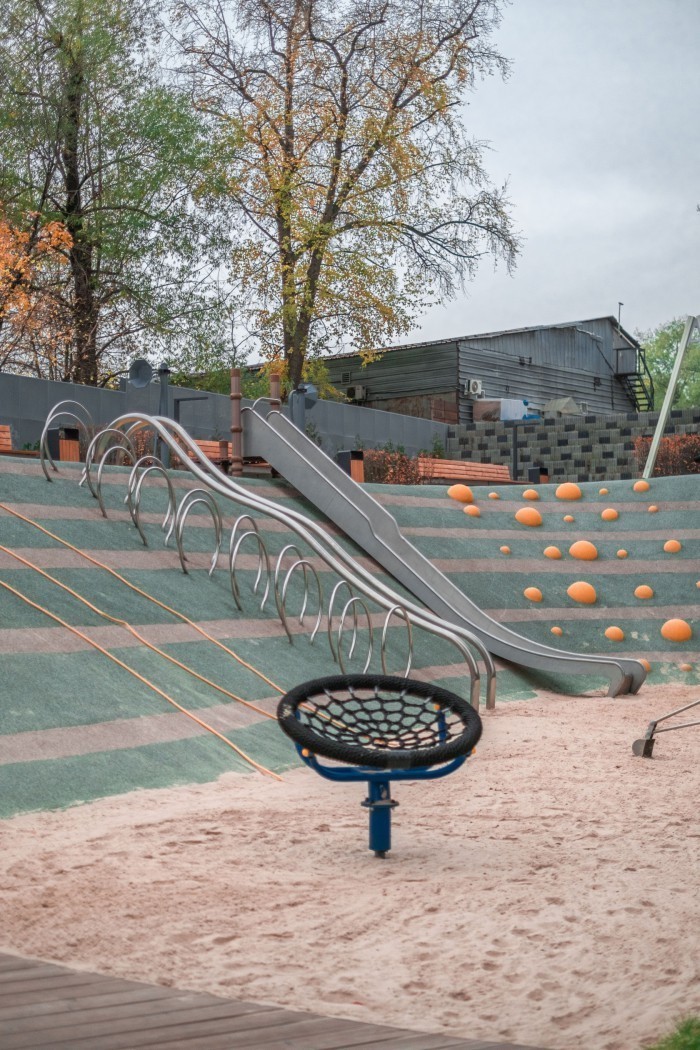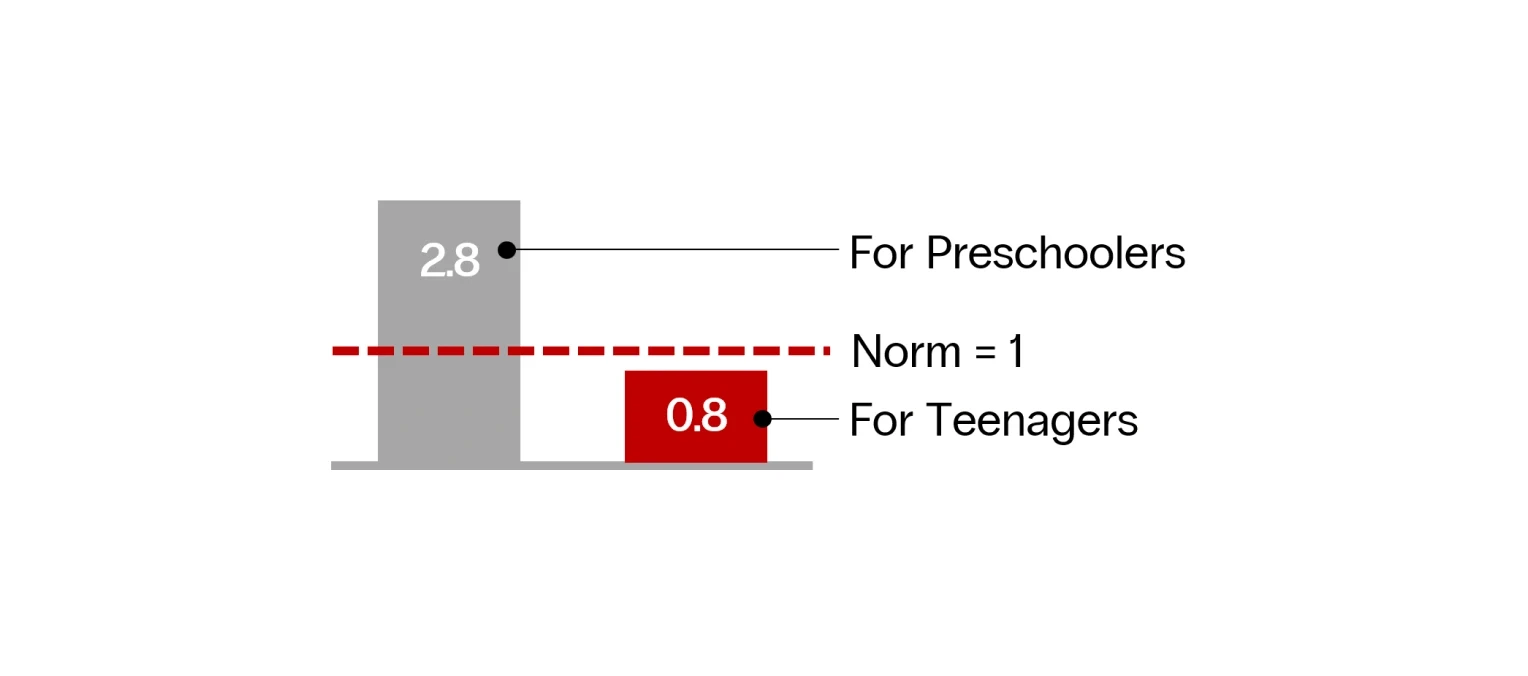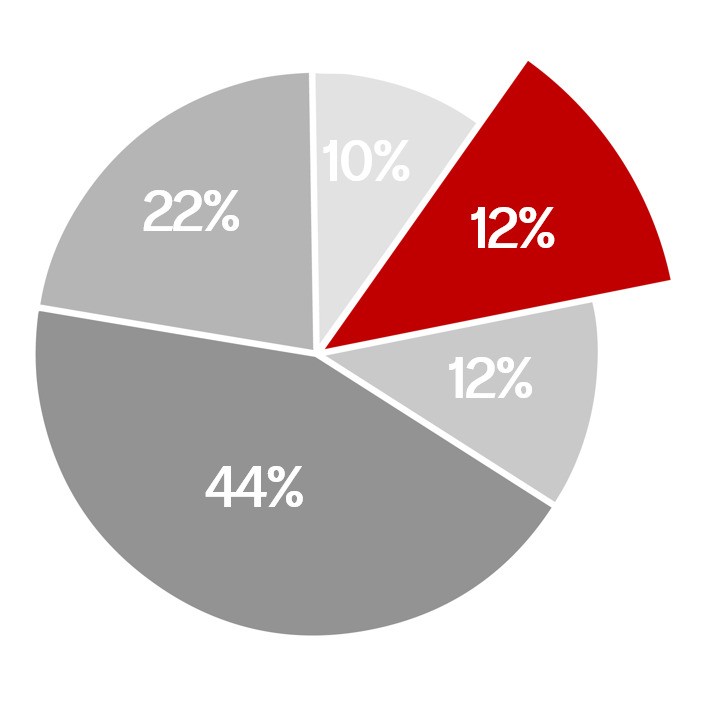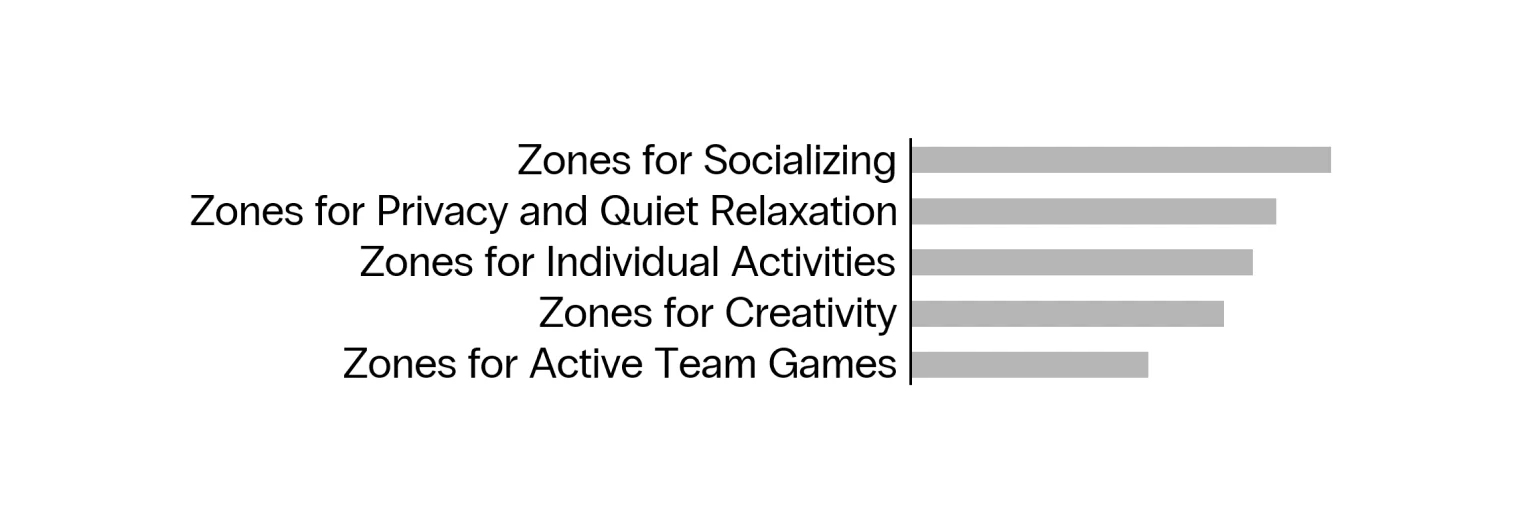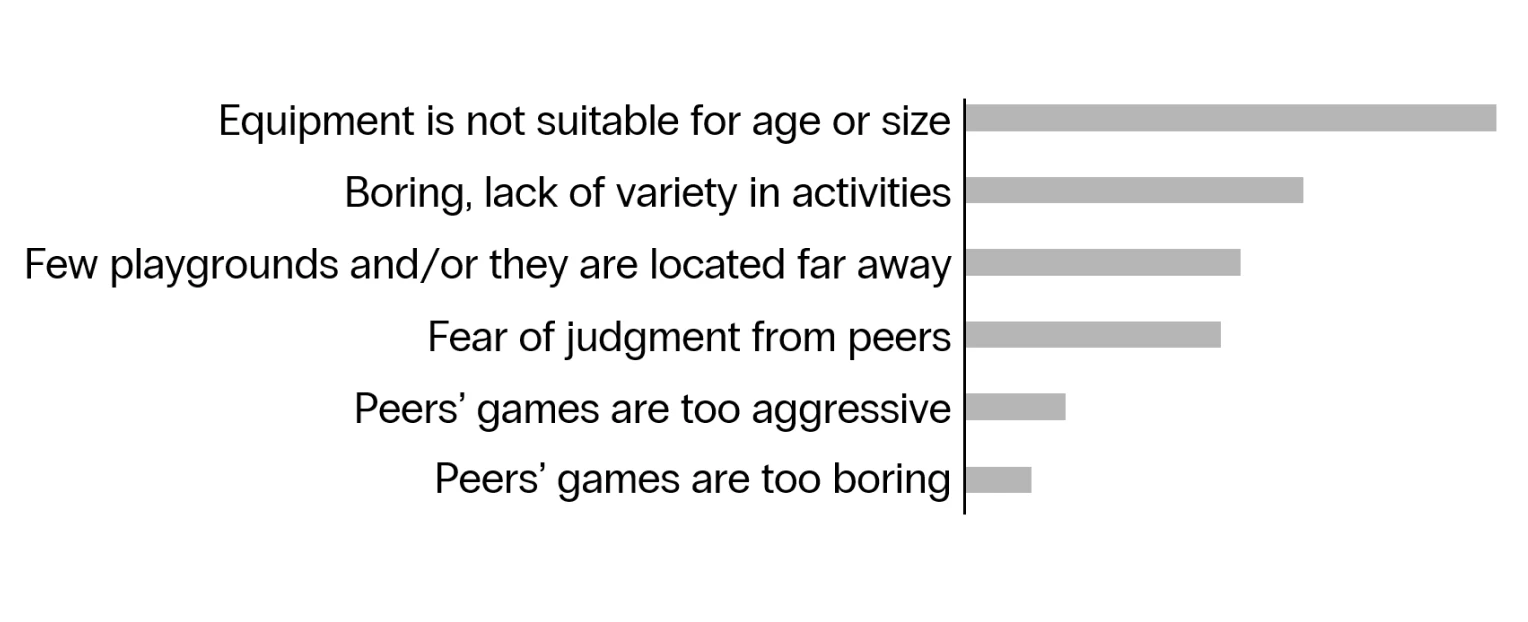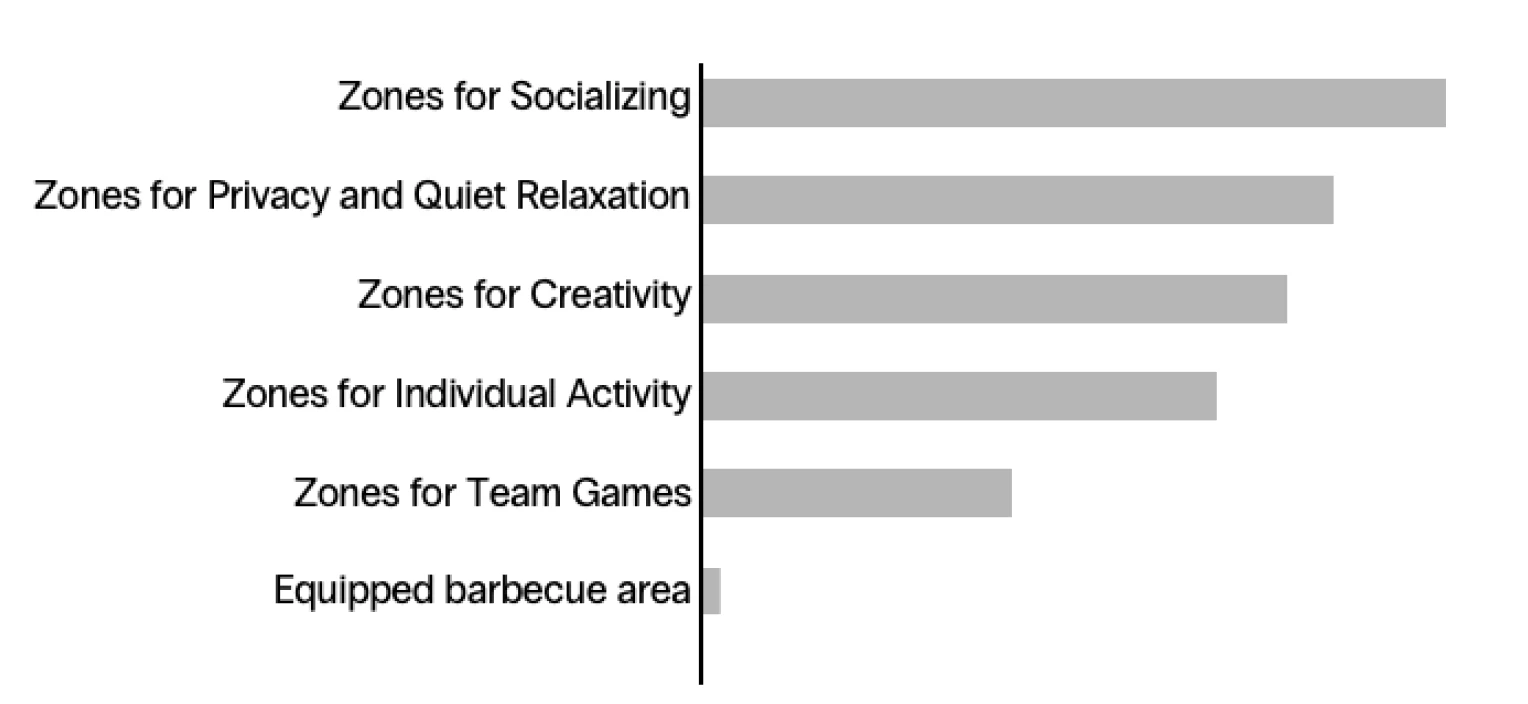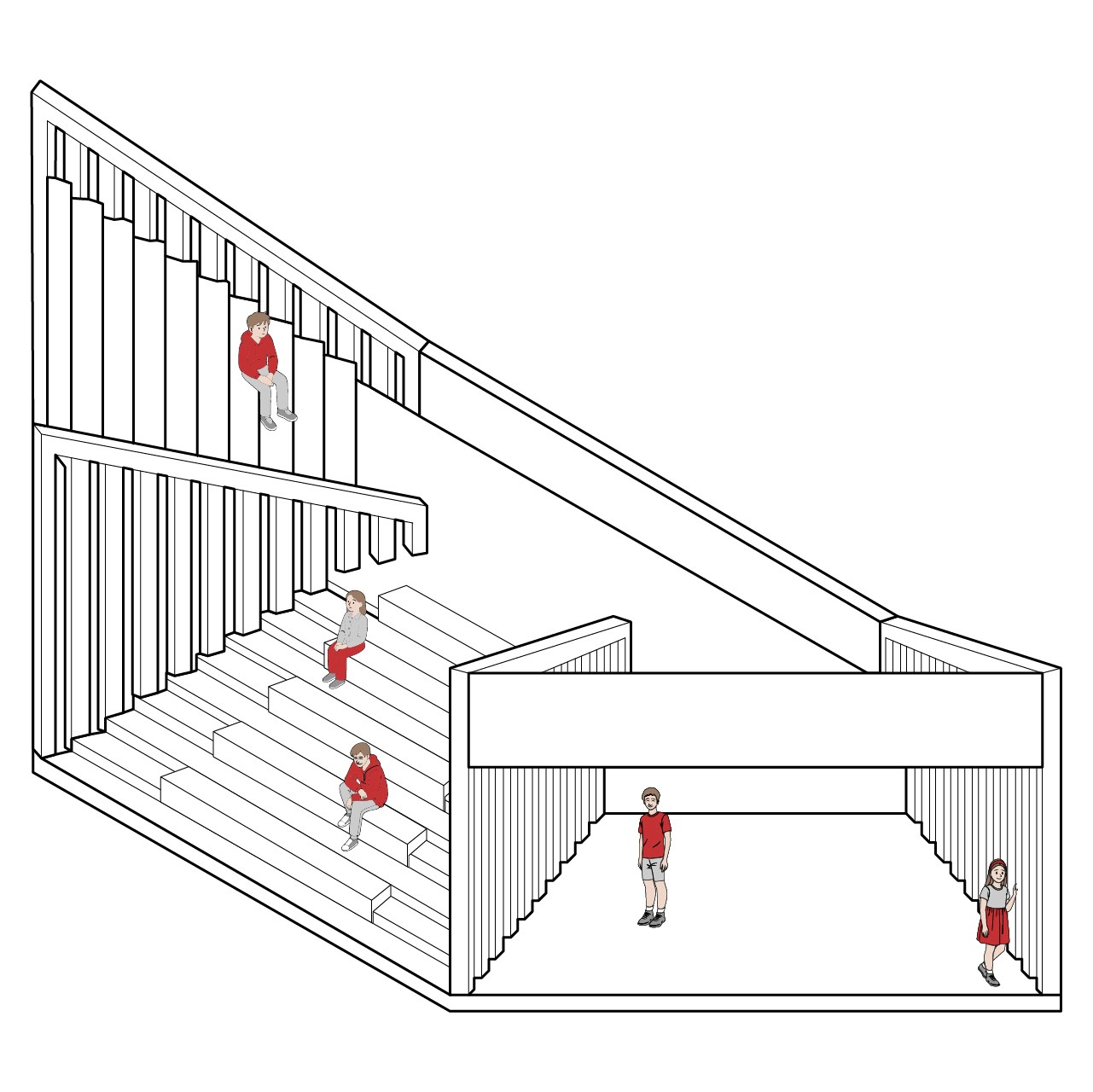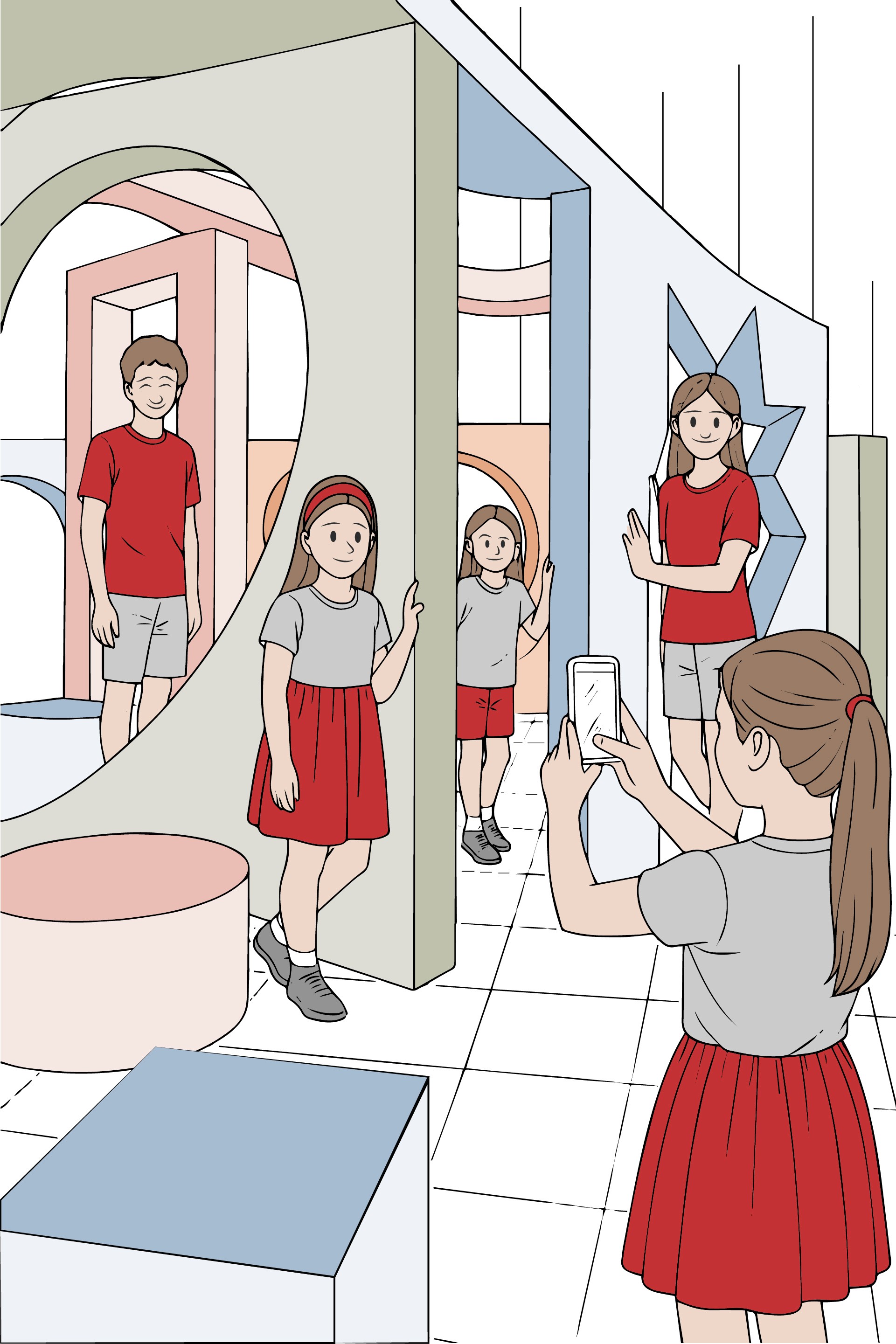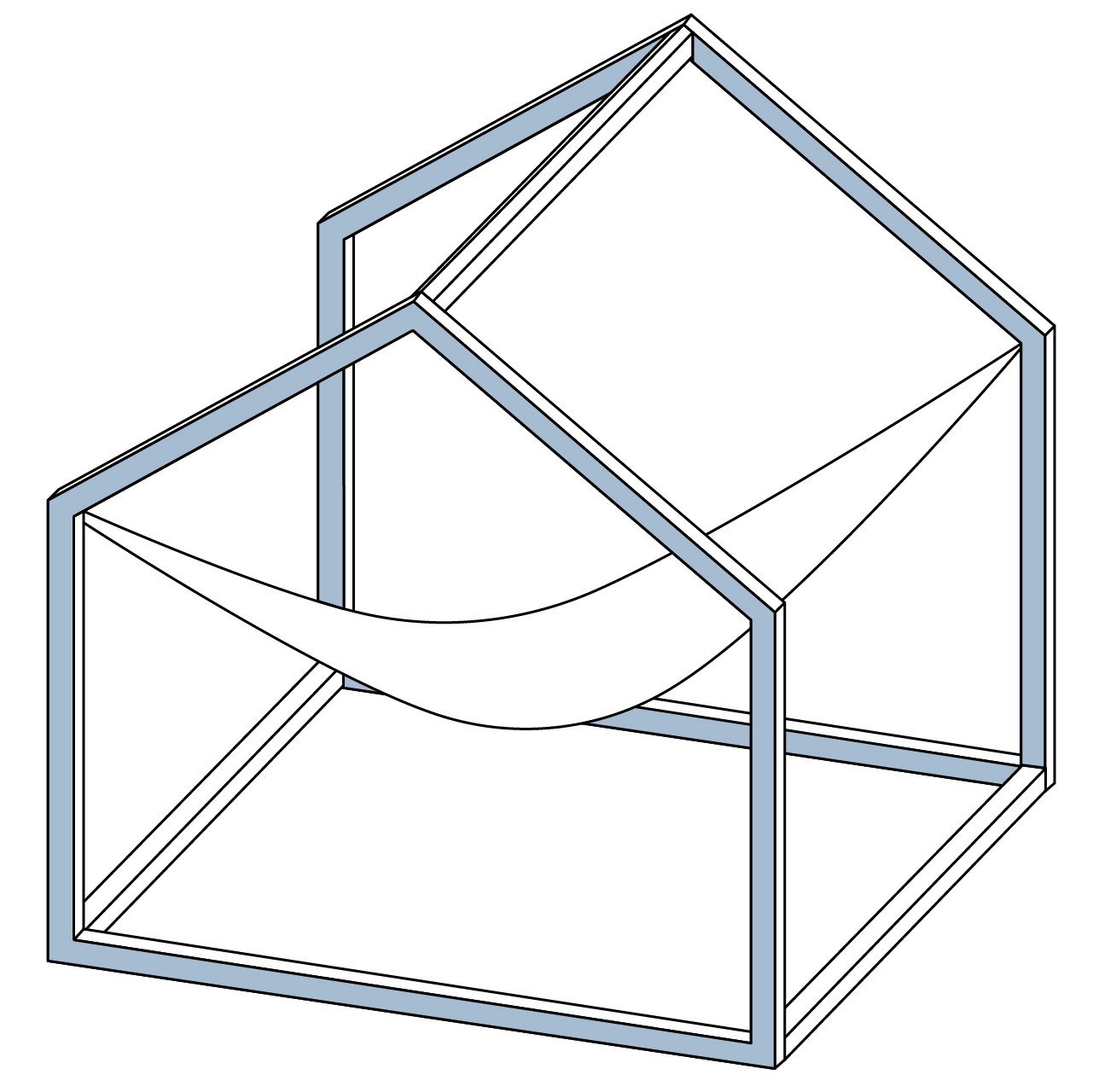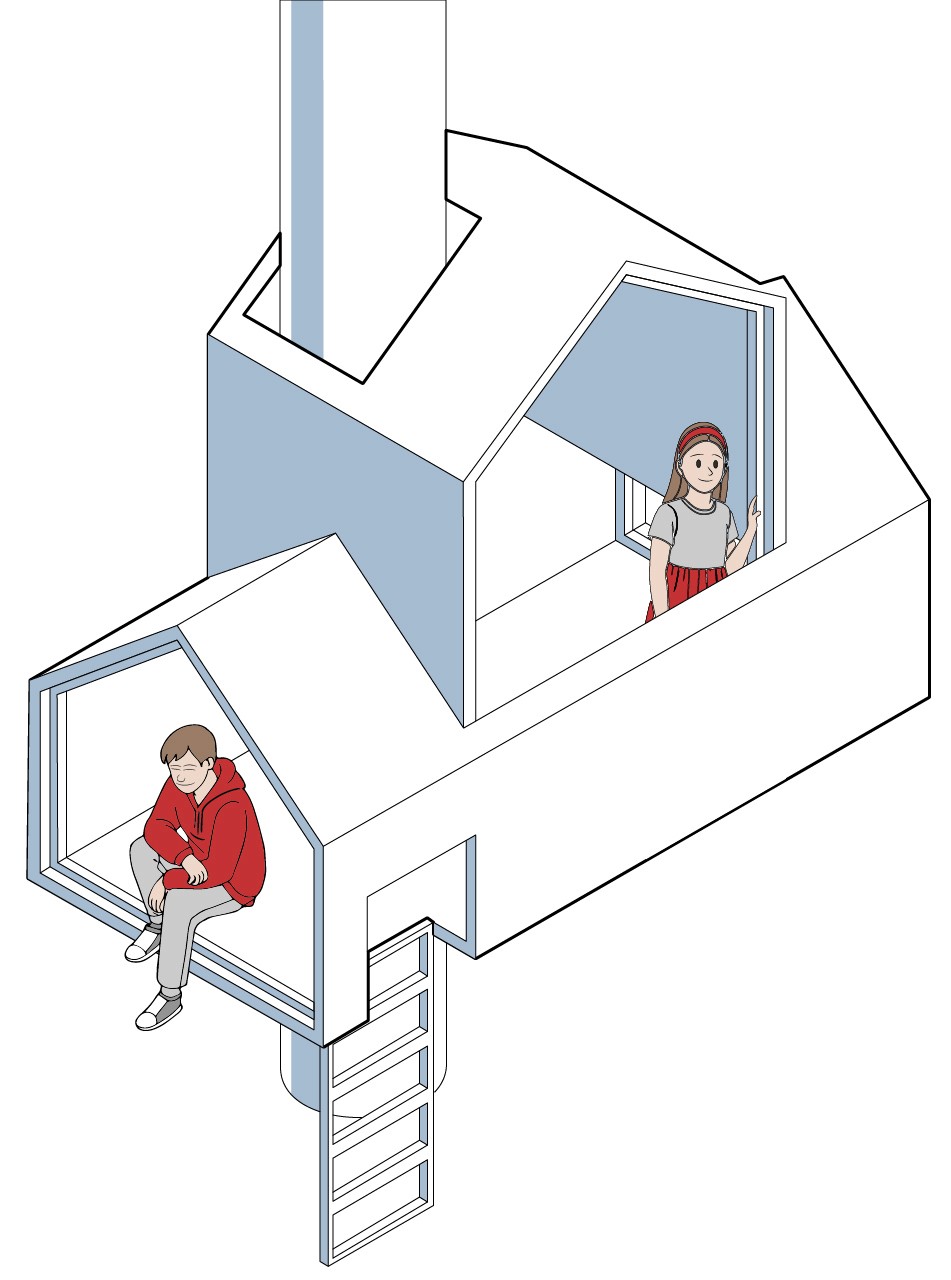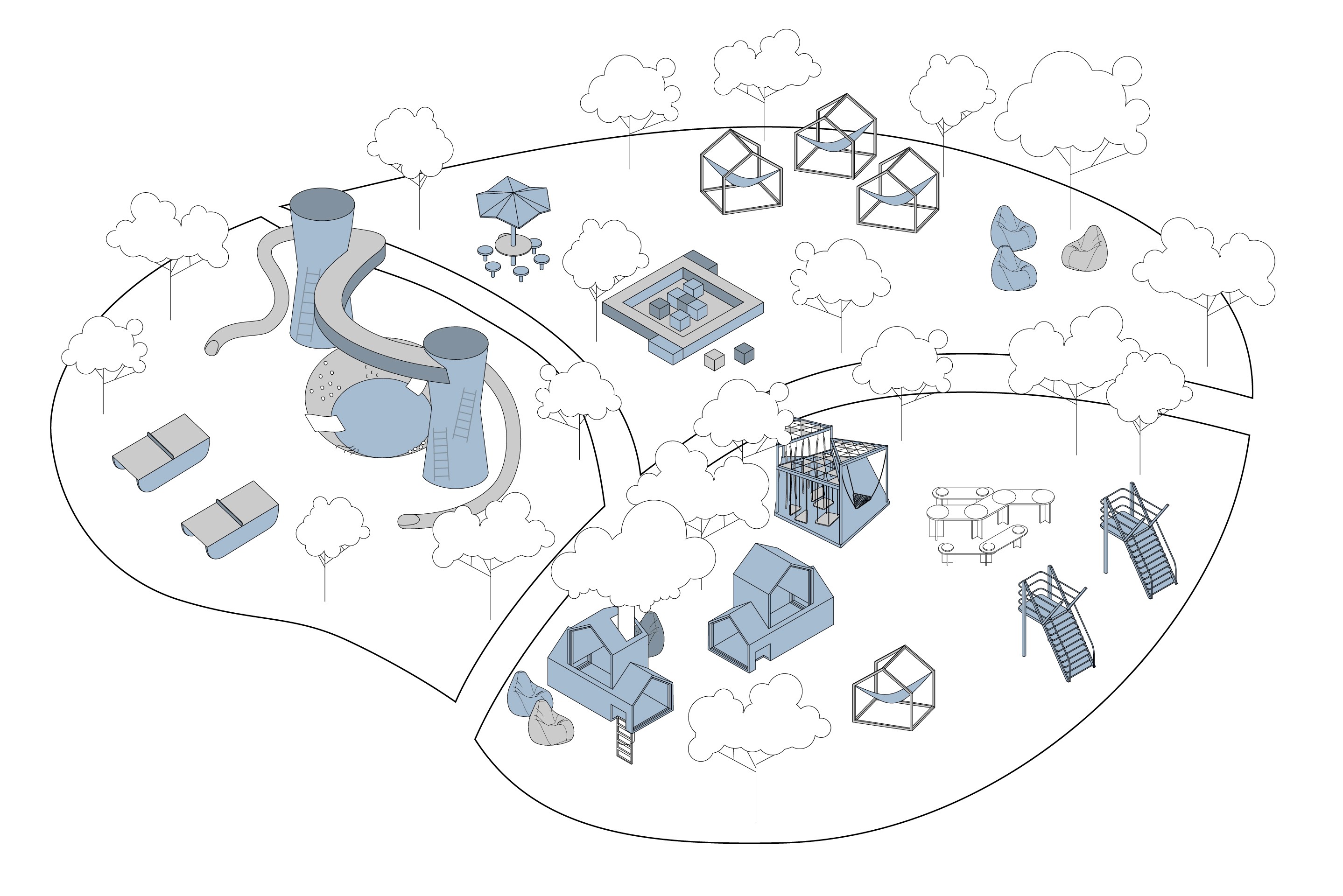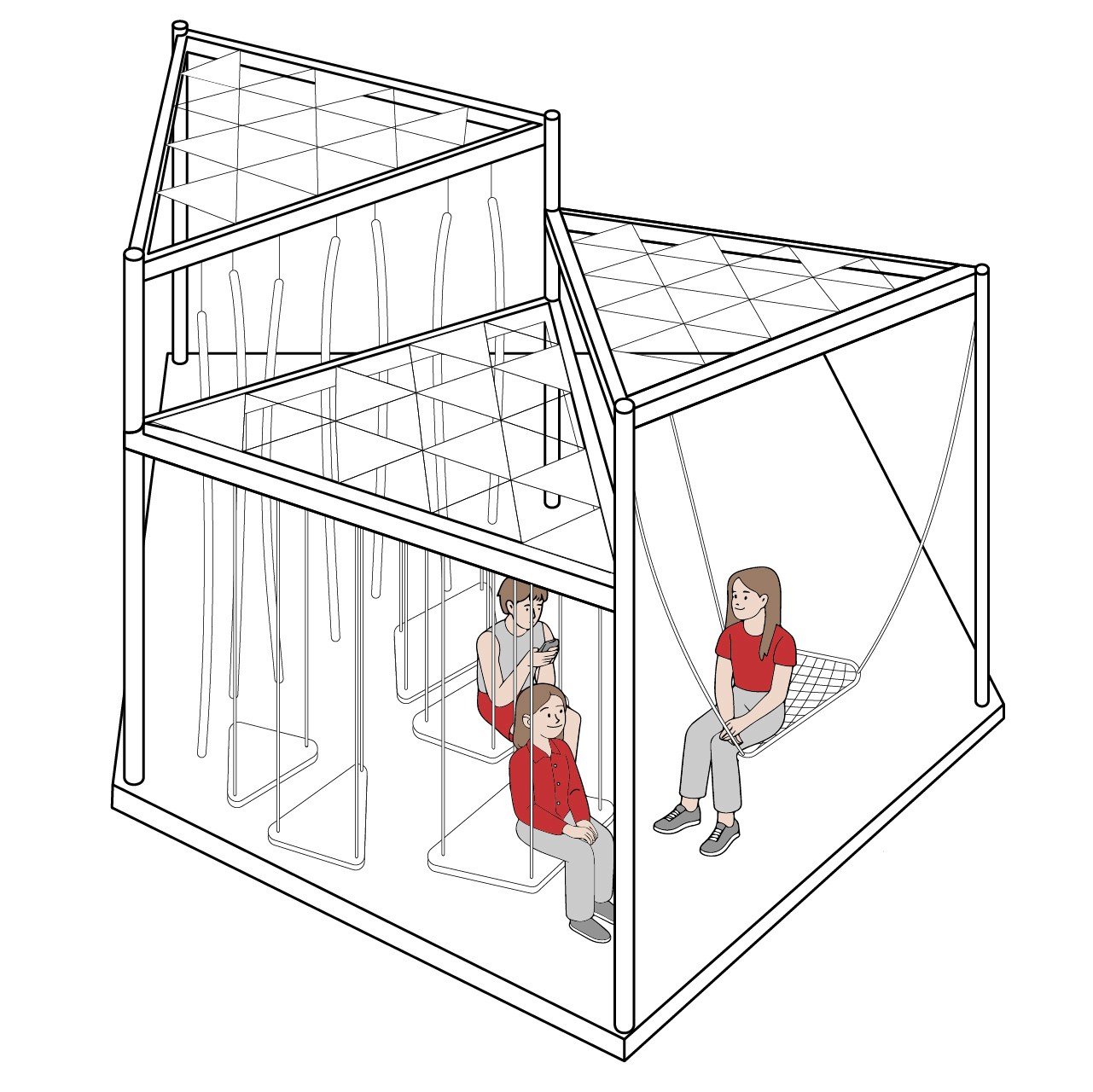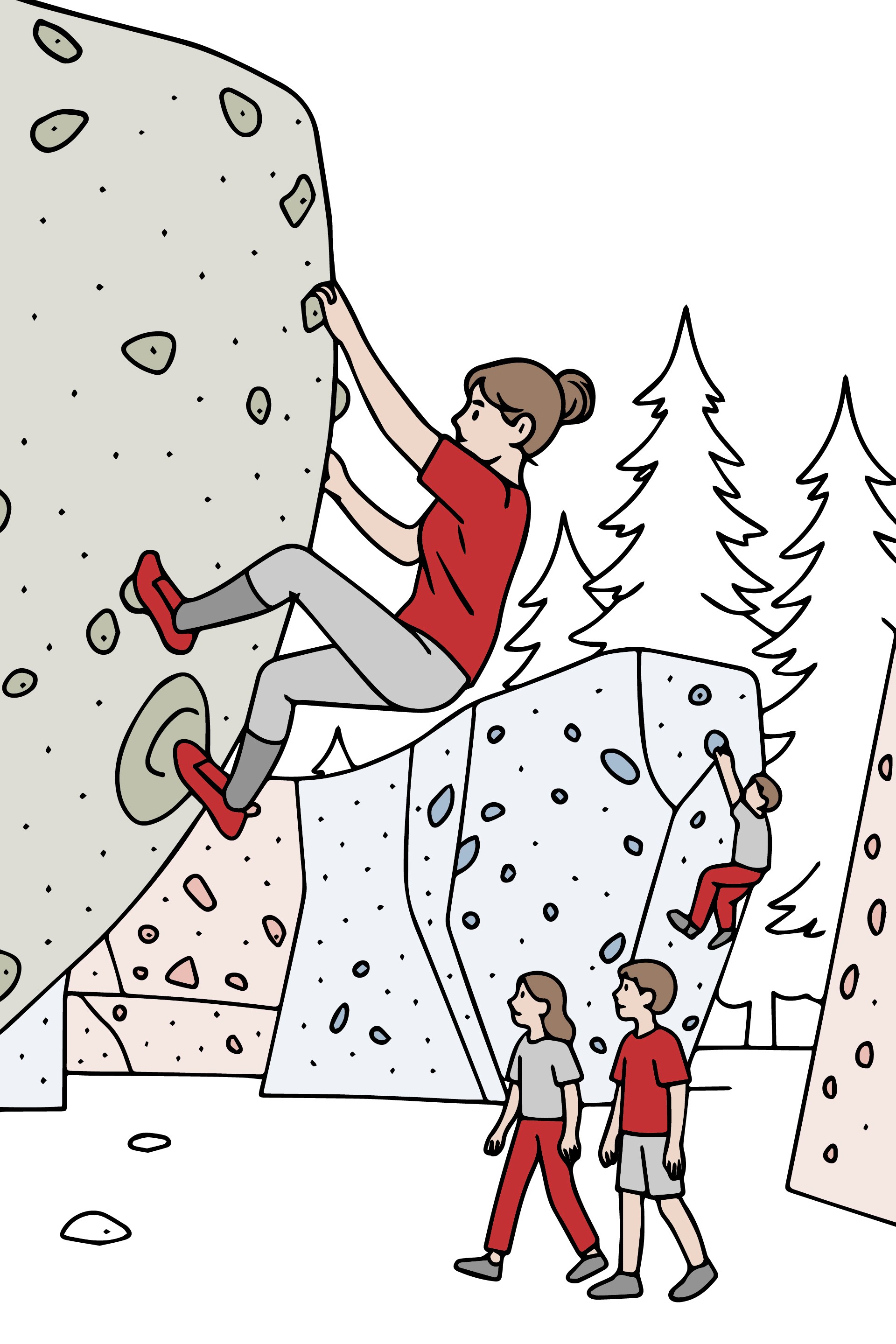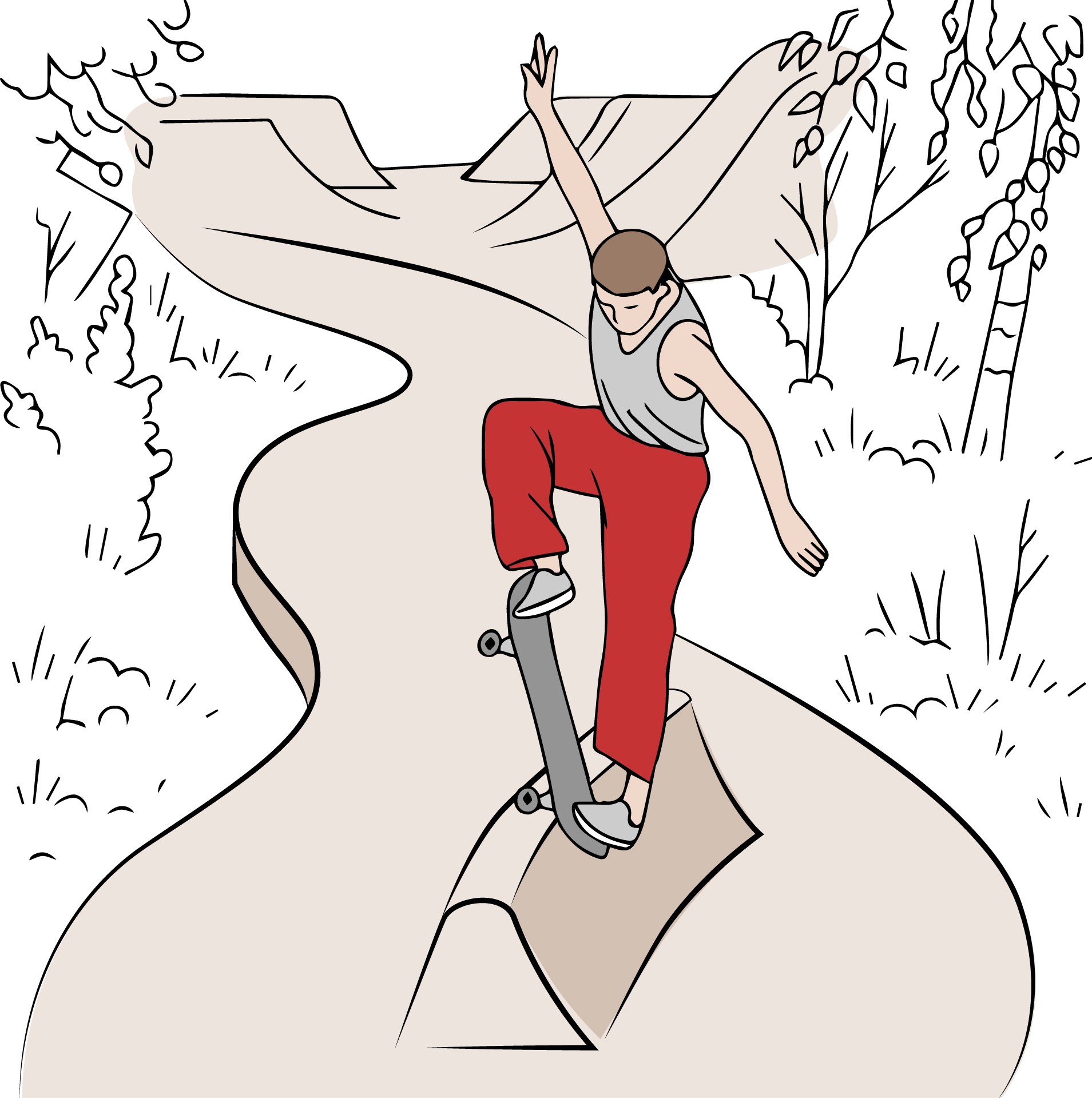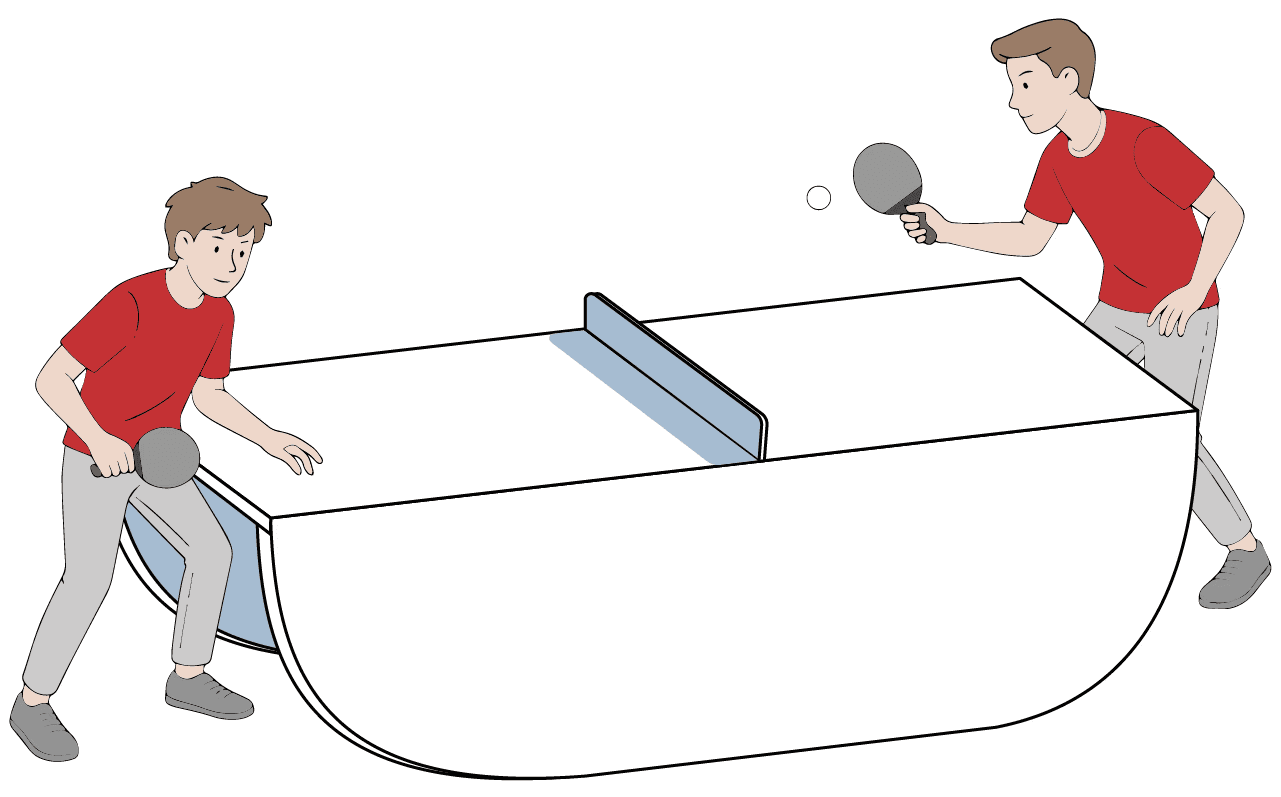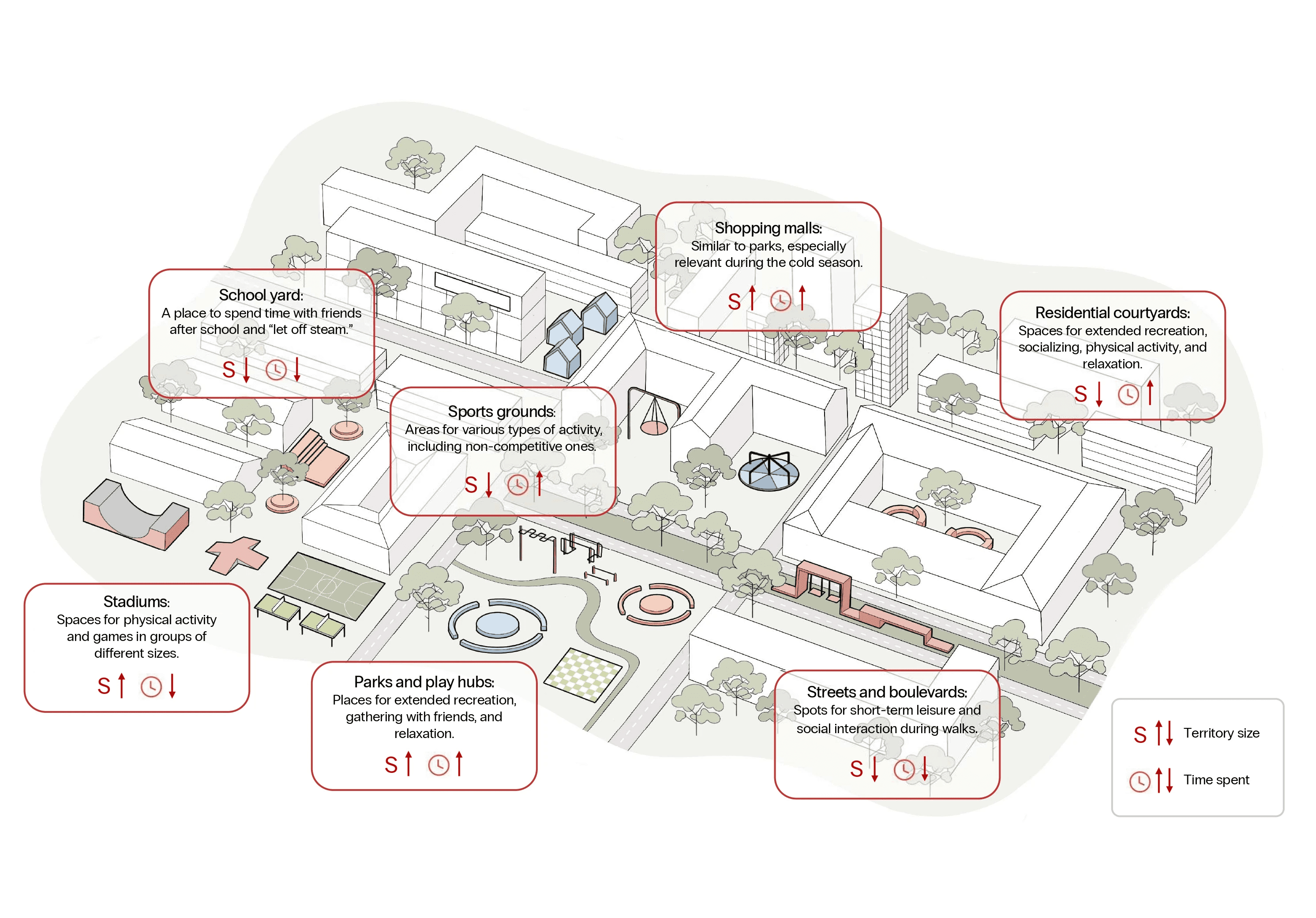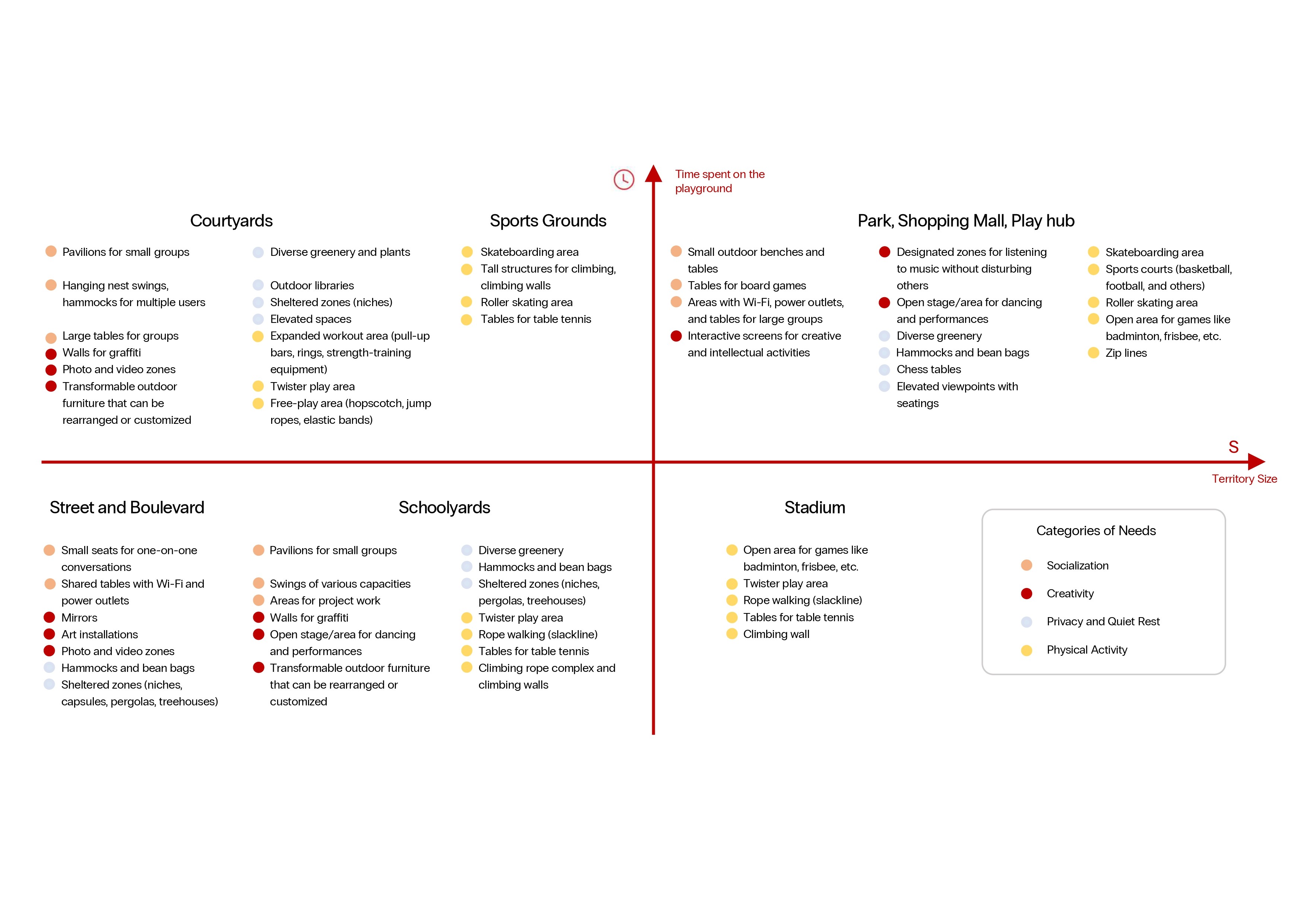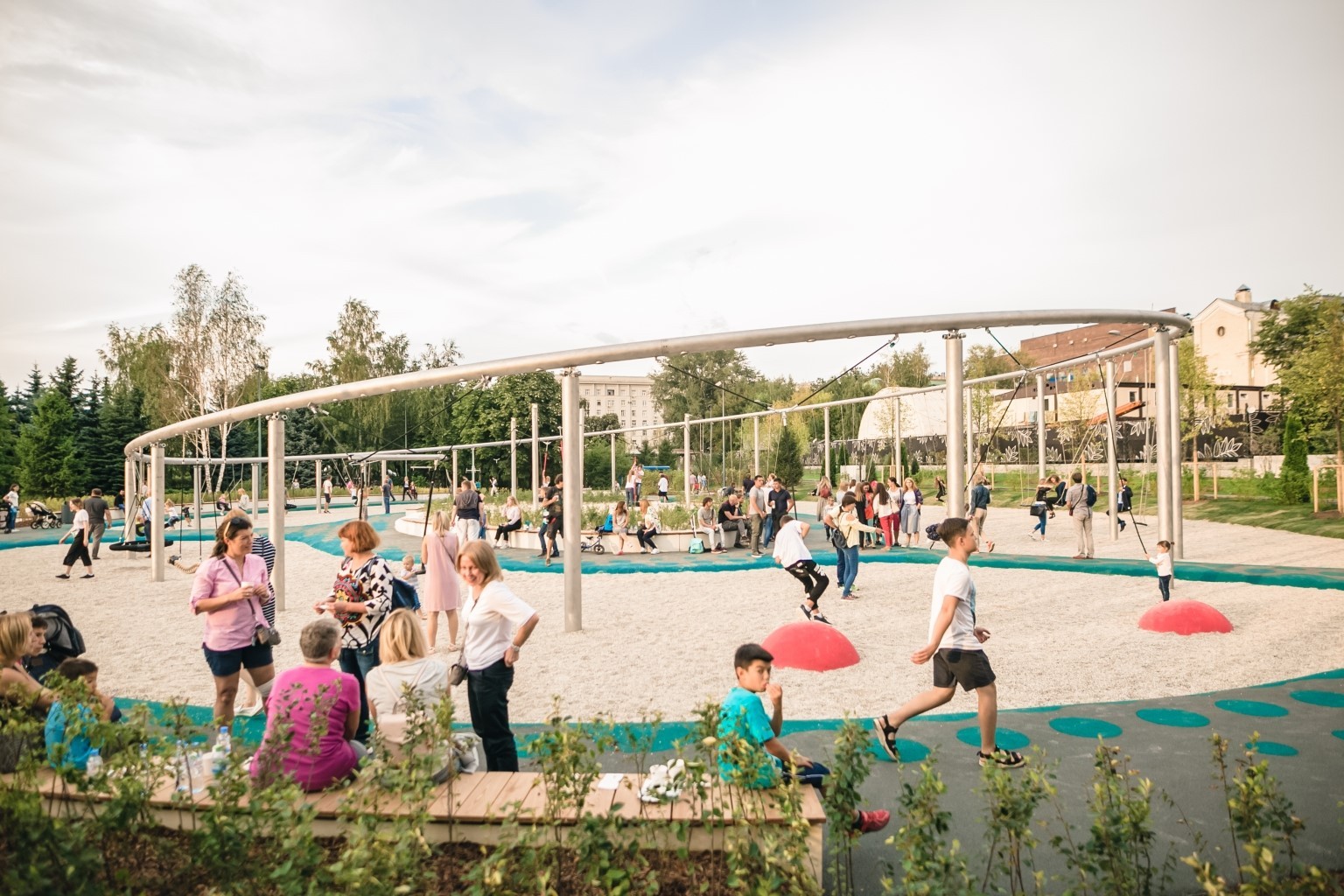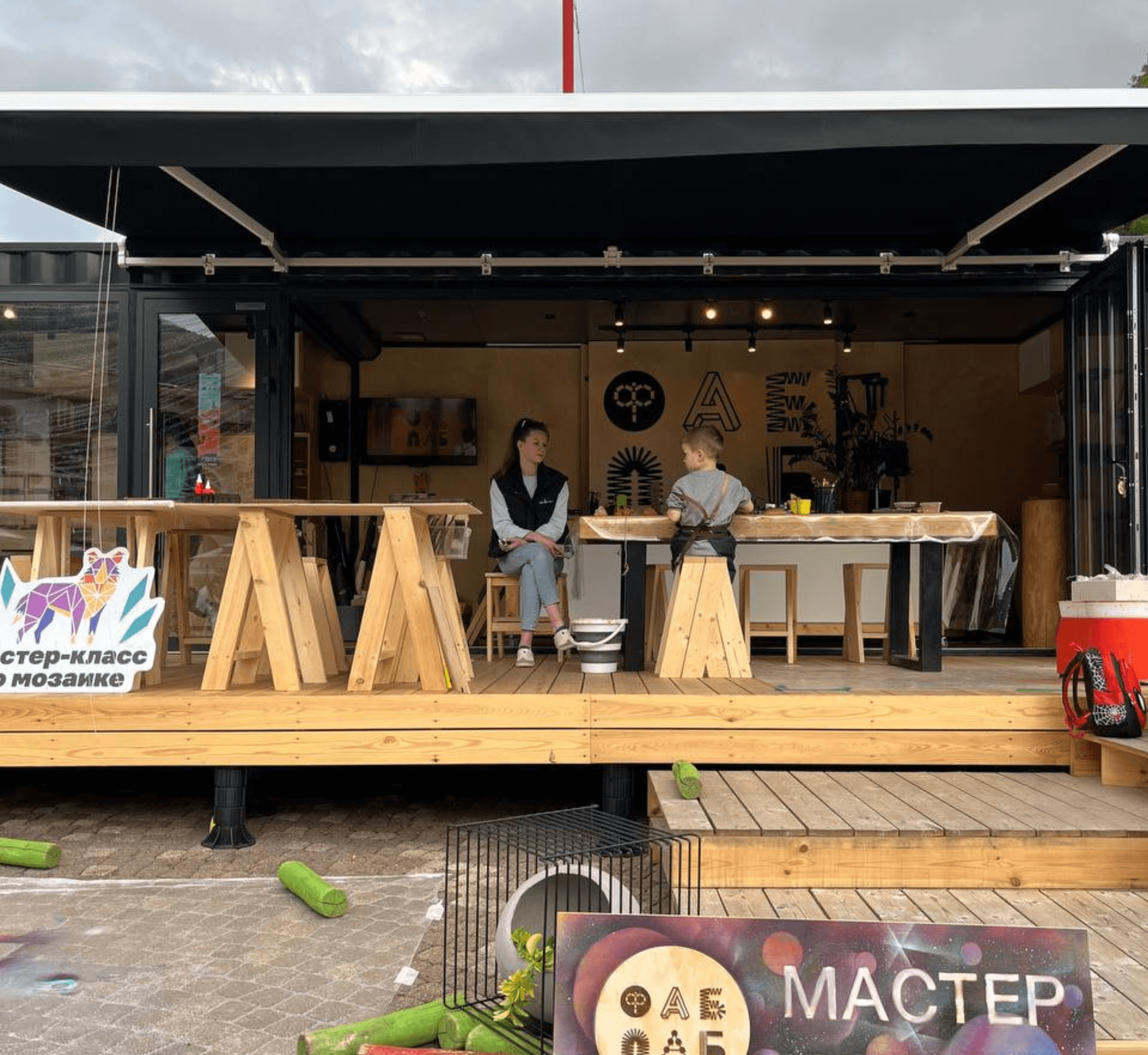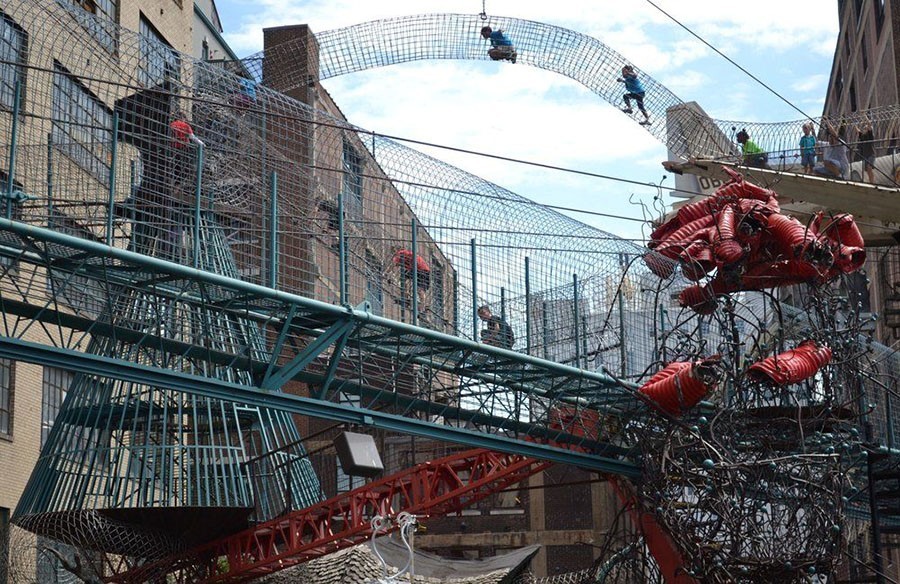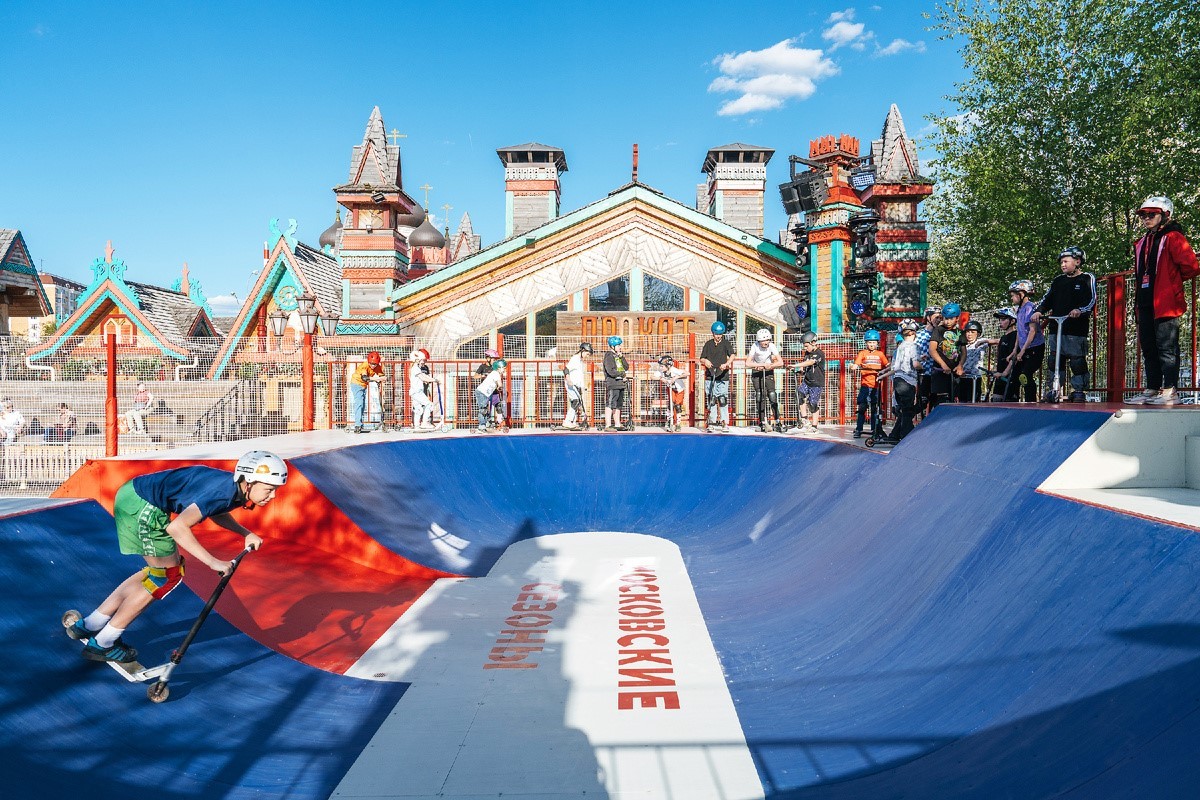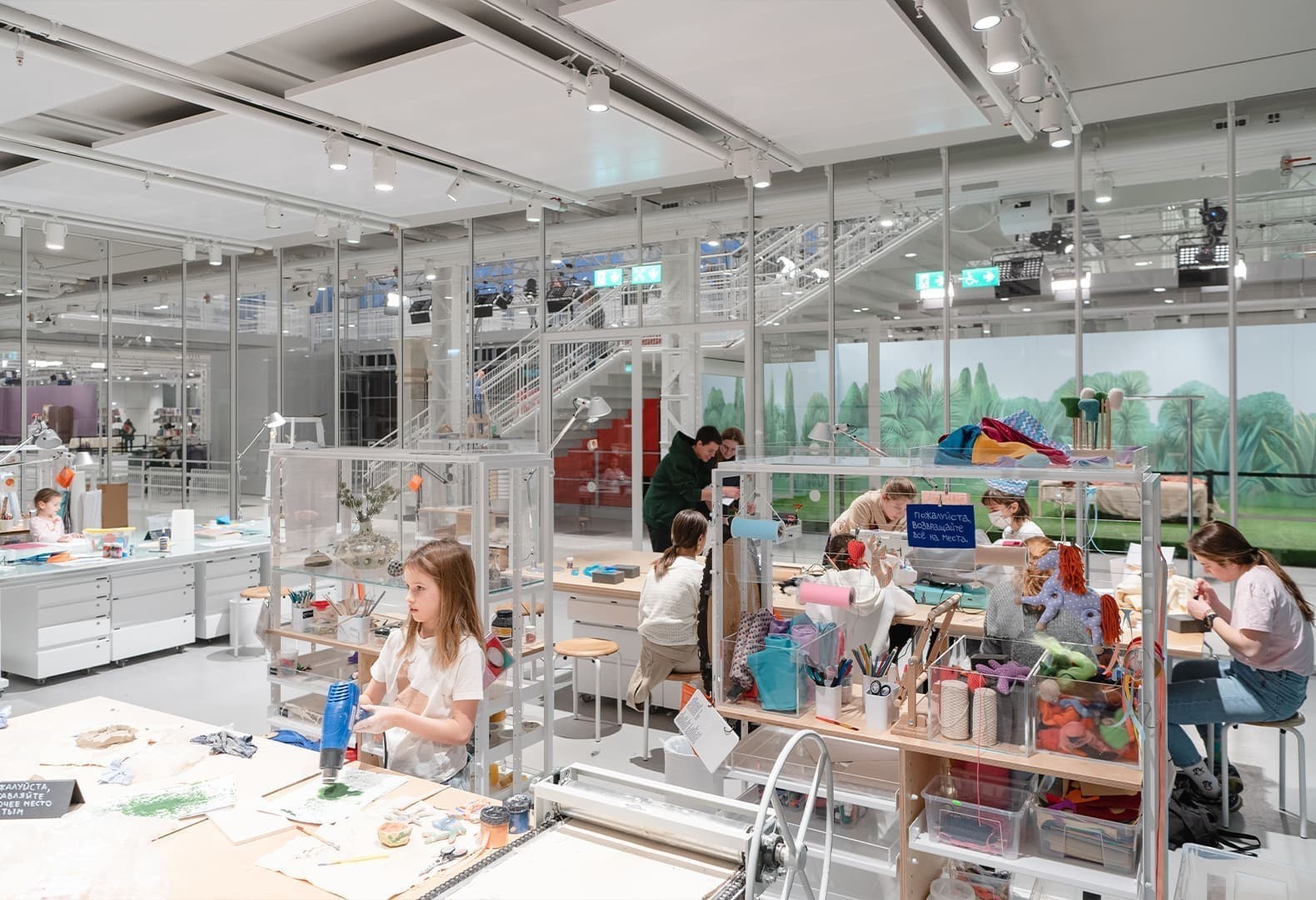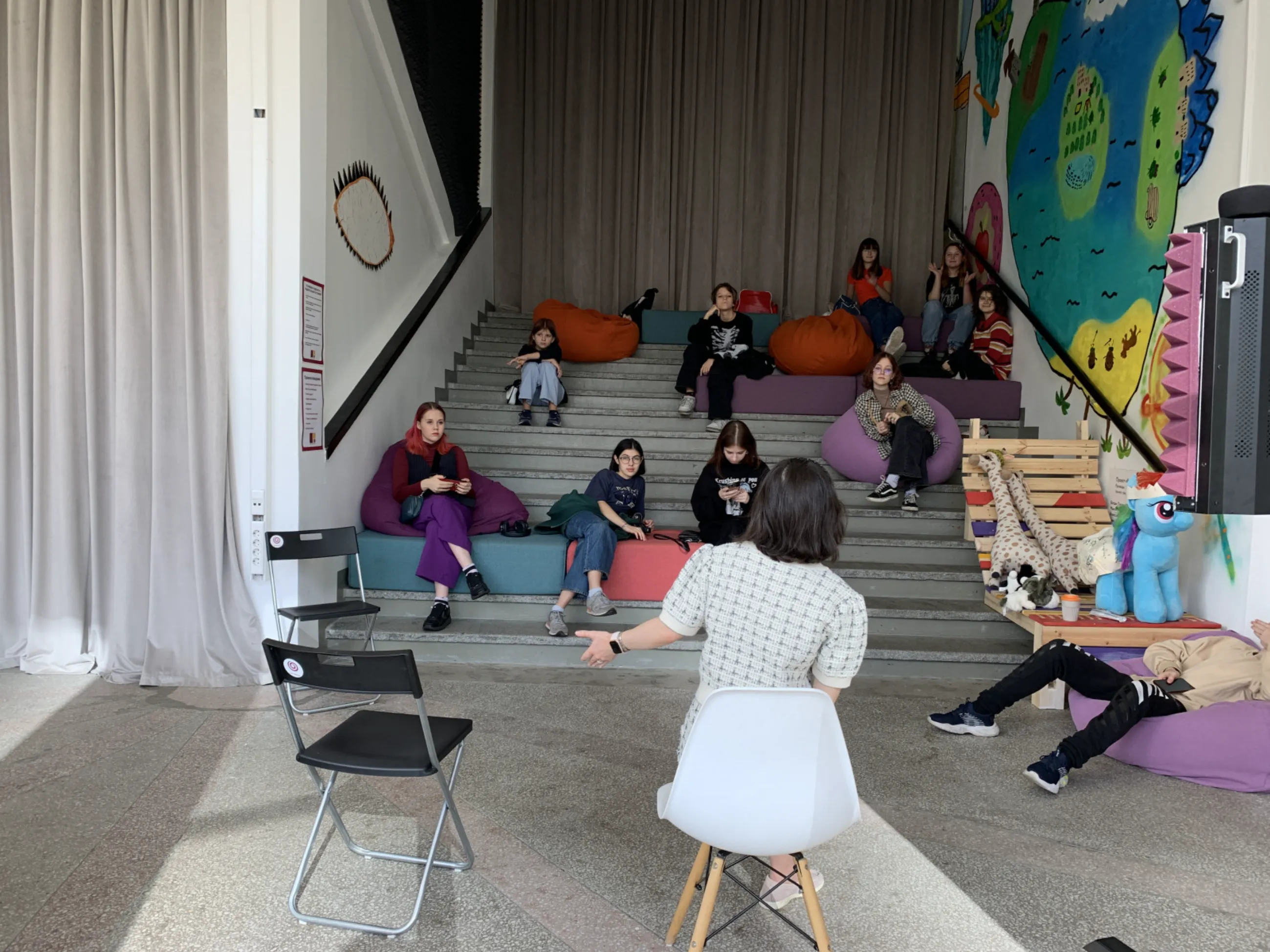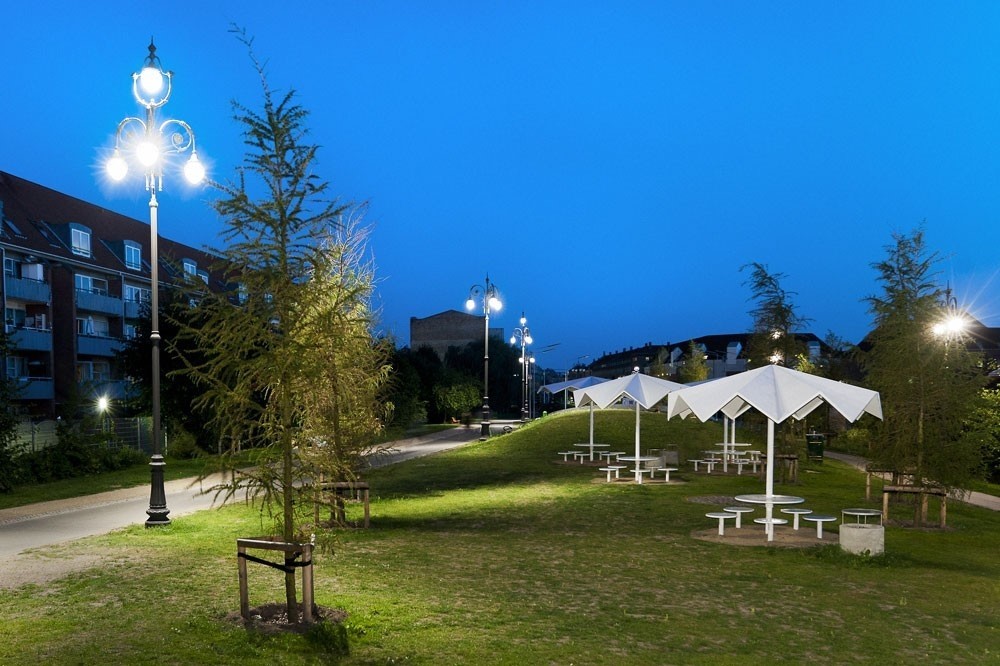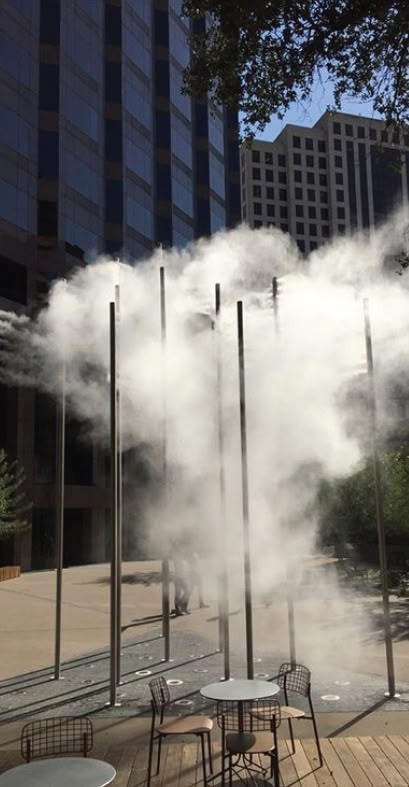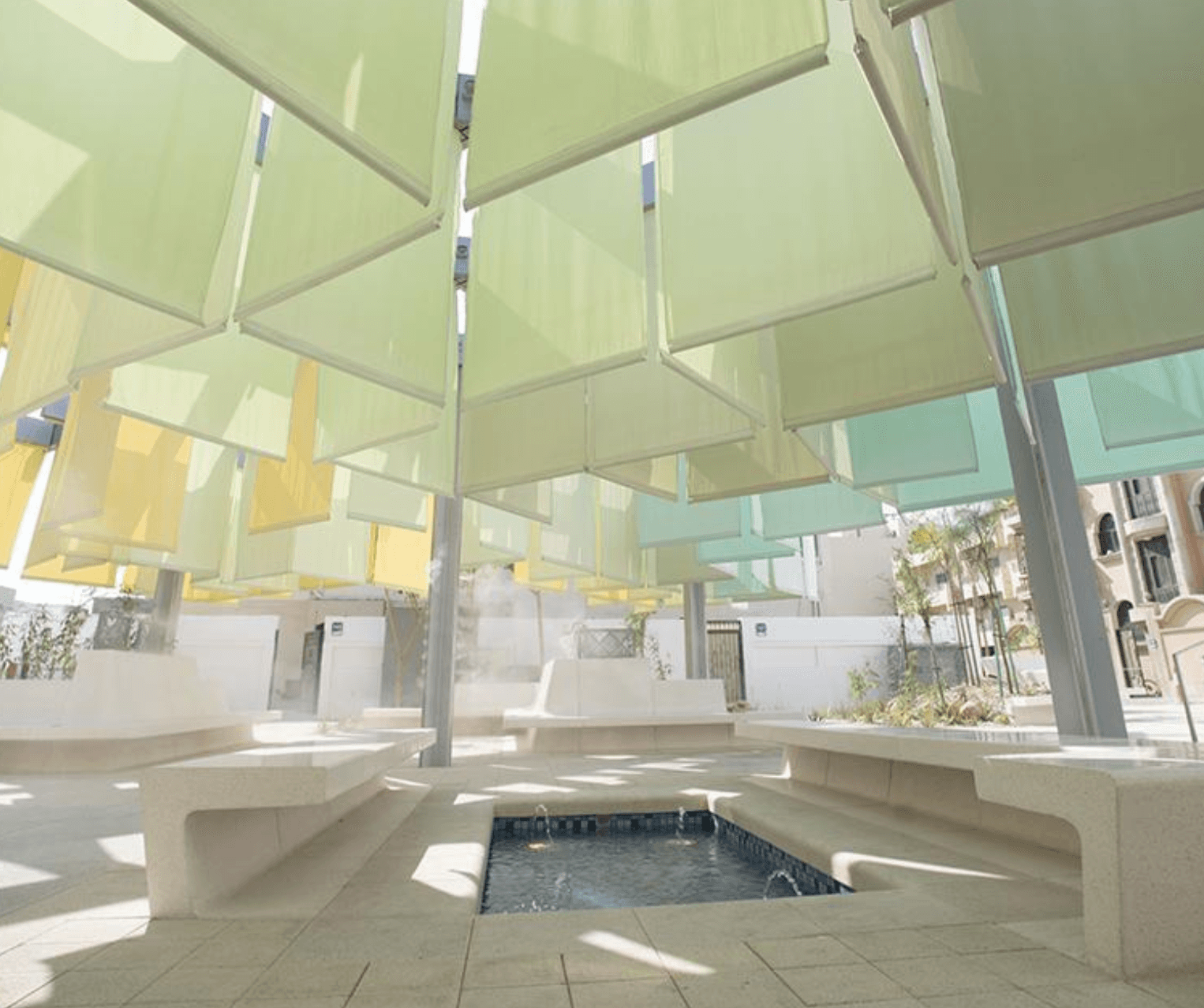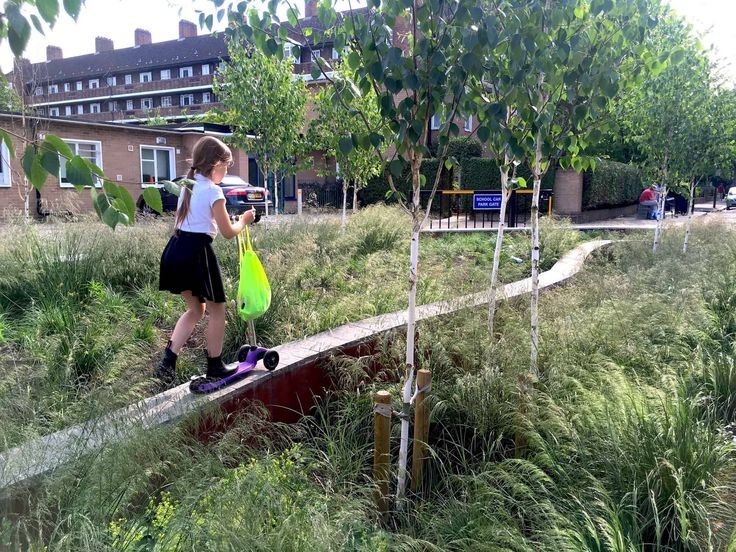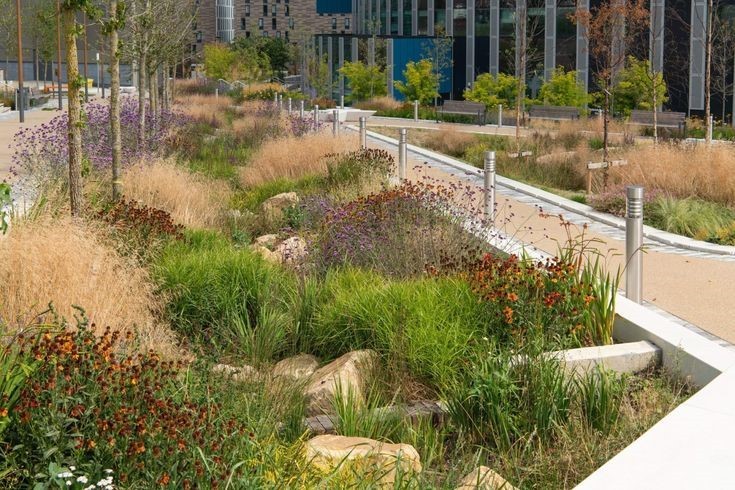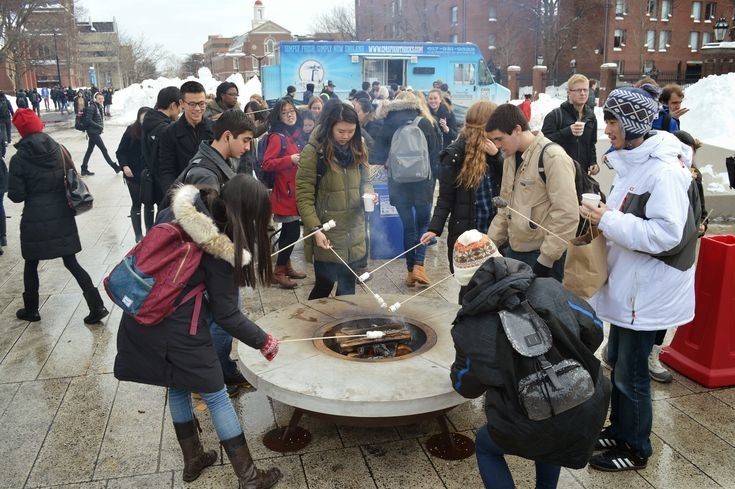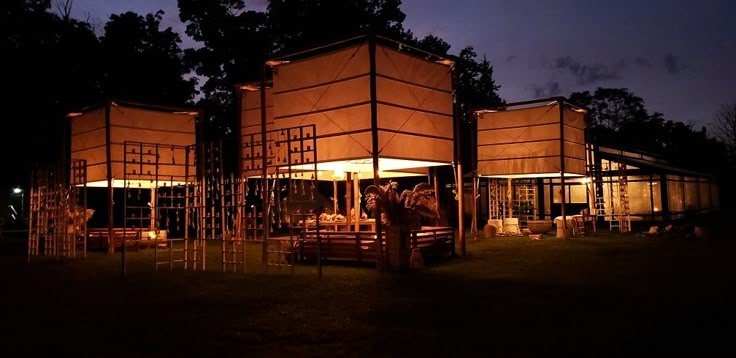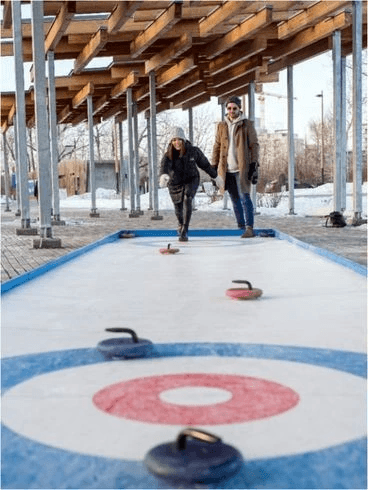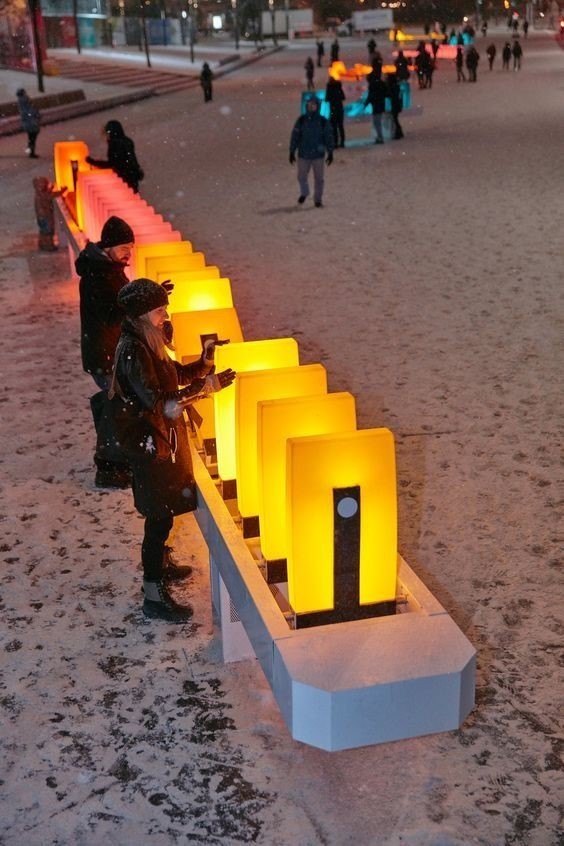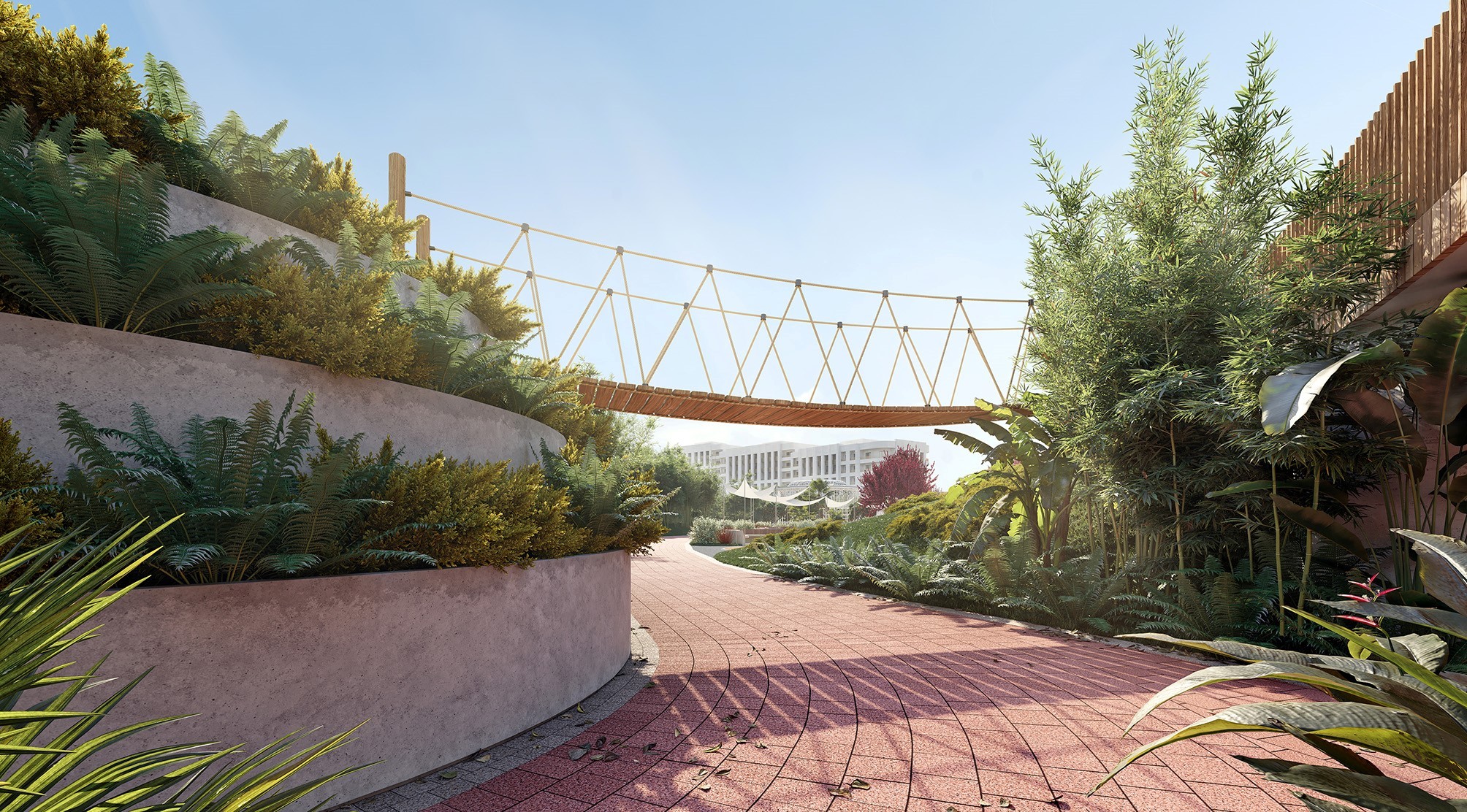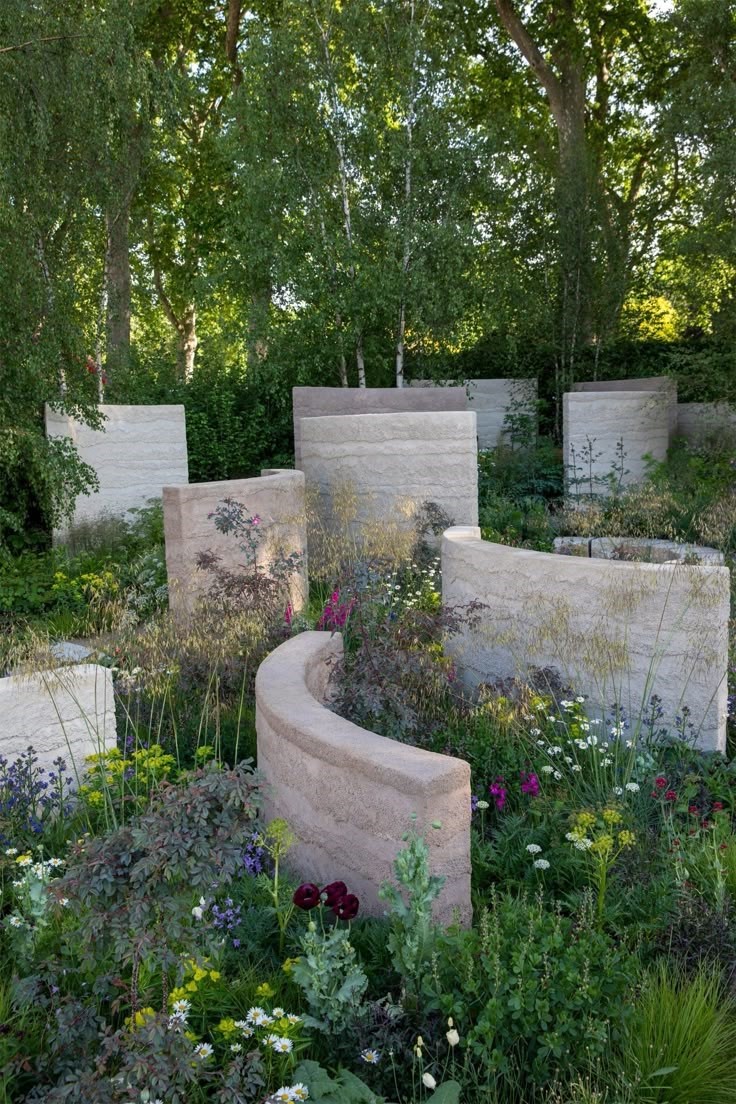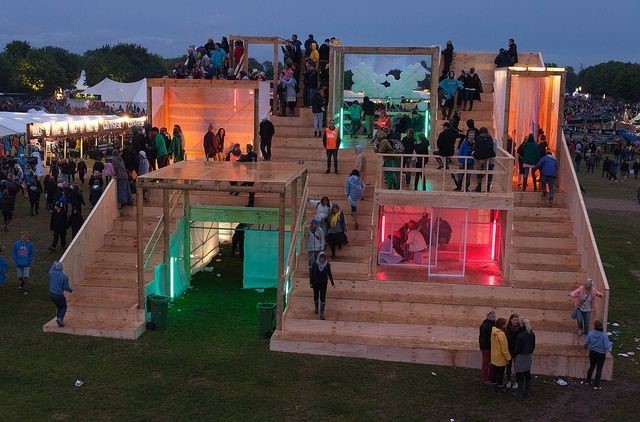
Research
•
20 min read
It is vital for NF team to be the authors of their own lives and to design their future by themselves. On April 6, 2022 our team announced the beginning of work on the Architectural toolkit for schools and kindergartens.
The architectural toolkit we have developed is presented as a series of concepts, each addressing a specific issue faced by schools or kindergartens. In addition, it is a fundamental ongoing research project. The results and updates will be published openly on this website.
Why — and kindergartens?
The project was initially focused solely on schools, but during the course of our research, it became clear that we needed to design a toolkit that would also accommodate the construction of a combined kindergarten and school within a single building.
What problems do we want to solve?
To emphasize the importance of educational architecture
and architecture for kids to ensure a sustainable futureTo minimize the gap between current trends in education
and the existing social infrastructureTo provide tools to the public and private sectors worldwide to work
with educational projects
Why us?
For the past five years, our studio has been working in the field of educational architecture. The studio’s partners bring over 19 years of experience in complex architectural design, making us experts in this field. We design meaning, not just walls.
Architectural toolkit for schools and kindergartens
Researching topics such as:
School tasks and concepts
Educational technologies
Children's and teachers' psychological needs
User suggestions for improving schools as buildings and institutions
School life cycle both in general context (construction, operation, demolition or reuse), and in the school year context
The future and its unpredictability
World experience and regulatory framework
Urban context (school in the city)
Rural school
International Baccalaureate standard
Economy / adaptability / fast building and deployment
Environmental responsibility
Inclusiveness
Context, scale, surroundings
We are confident that, in the course of our research, we will identify new topics that are no less important.
In-depth interviews with stakeholders:
Headmasters, education specialists, parents and kids as a part of a survey. From these interviews, architectural tasks and management concepts are formed.
We believe that education is the key to change
На русском
In english
Time to complete the survey is 5-10 minutes
In this project our team works using open questions.
Concept is divided into separate independent concepts and each one answers one or more open questions.
Each concept is a tool, an architectural toolkit which allows to design educational environment taking into account the changing future, modern research and human-oriented method.
Accordion school
An open question
How to make sure that schools and kindergartens can be easily expanded or reduced in case of different demographic fluctuations?
The concept is based on the idea of accordion (musical instrument) which was applied to the building/site of school.
By allocating educational blocks-sections in the school, a reserve of space is created, due to which the school can be expanded or contracted if necessary.
Diagram – an explanation of the operating principle of the “accordion school”
School is expanding. An example of a school with separated blocks-sections. The principle is illustrated using the example of one floor.
School is reducing. An example of a school with separated blocks-sections. The principle is illustrated using the example of one floor.
School is expanding. An example of a school located in a warm climate:a street functions as recreation area and corridors.
School is reducing. An example of a school located in a warm climate: a street functions as recreation area and corridors.
Cyclic school
An open question
How to make school more economically efficient and attractive to local community?
As part of our research, we studied the regulatory frameworks of various countries related to school design. For example, UK legislation includes an important principle: a school building must be designed to last at least 50 years.
In concept 2, we explore not only the school life cycle but also its usage during usually unutilized time.
Unused time
Study time — Unused time
Study time
Cycle: a day
The unused time during the day are usually periods before and after school lessons: from 6 a.m. to 8 a.m., and from 7 p.m. to 10 p.m., and the night time.
During this time school can earn by renting out class spaces or hosting extra-classes for the local community. To realize this possibility it is necessary to separate blocks-sections and organize the safe movement of people streams (see the concept 2.1)
Cycle: a week
The elementary school block is always empty on Saturdays and on Sundays school is empty. During this time school can make its spaces available for local community events, hosting academic competitions, educational events and extra-classes.
Cycle: a year
During the year school stays empty 110 days out of 365. That is almost 1/3 of a year. At this time restoration of the finishing and equipment of school always happens. Within the annual cycle, we offer school to expand its functional possibilities (see the concept 2.2). Another question is: how can the cost of restoring a building be minimized? See the answer in concept 2.3.
Cycle: 50 years
What does the future hold for the school? How will it change over time?
The future is unpredictable so it's important to follow architectural and engineering decisions that will make schools transformable and/or divided into blocks which could be used for city's or countryside's tasks. This decision would provide opportunities to reorganize school in network type or hybrid type whenever it's necessary. Network school is based on education around learning communities and their interaction. The hybrid school is a combination of traditional offline learning with online classes.
The growth of research in the field of brain function and the evidence base on educational methods may also adjust the requirements for school in the future. We will discuss how to be prepared for these changes in concept 2.4.
Concept 2.1
School of functional blocks
An open question
How to reduce the cost of school maintenance?
School can be represented in the form of functional blocks. We offer an updated look at functional blocks: with greater fragmentation and linkage with landscaping. This will allow, if necessary, to "disconnect" the blocks from the school perimeter.
The school has functional blocks, which we propose to design with the possibility to "disconnect" them from the school perimeter.
Implementation of the «separation» of a functional block
We can separate either one block, for example sports block, or all functional blocks. For schools and kindergartens located in a warm climate separation of a functional block can occur by fencing the landscaping.
Schematic floor plan of the school. IThe principle of separation of a functional block as the wing of a building.
Diagram – an example of the principle of separation of a functional block within the boundaries of one building. The block is separated through jamming-closing the door.
At the design stage, provisions must be made for evacuation in the event of such a scenario.
Concept 2.2
School open to the local community
An open question
How can a school play a more important role in the life of the local community?
For example, a school can provide premises for a community center or co-working space, host a medical center/clinic
for the district, and much more.
Slight increase in library space can give the local community an opportunity to get access to the literature, work in a library (extra working spaces) and offer space for meetings of clubs.
— Allocation of a space for the community by fixed or portable room dividers.
Diagram – an example of the principle of the separation of part of the library for use by local communities.
Expanding the medical unit to the size of a small clinic and designating it as a separate block within the school will provide the community with access to healthcare. The issue of access to medical services is critically important for disadvantaged and remote areas — without addressing it, quality education will not be a high priority.
Diagram – an example of the principle of the expansion and separation of a medical center (clinic) within a school or kindergarten.
Building of dormitory for children (of boarding school) or a hotel will allow school to rent out these premises for summer camps, which will bring additional income to the school.
Diagram – an example of a campus master plan where student dormitories are used as a hotel during school holidays.
Concept 2.3 Durable and vandal-proof materials
An open question
How to reduce the cost and frequency of repair work at school?
In this concept we explorе finishing of 2 types of spaces:
public school spaces
standard classroom spaces
Functional diagram indicating the public spaces of the school.
Public spaces need to have floor and wall finishing with materials that are resistant to physical impact and also don't need to be repainted and replaced annually. Public spaces include: staircases, bathrooms, corridors and recreations.
Options for resistant materials for finishing walls of public spaces.
Placing furniture against the wall eliminates the problem of repairing it.
In bathrooms, ceramic tiles are traditionally used for wall decoration.
Painting
Diagram – an example of A standard classroom furnished according to the modern educational goals
The implementation of both boards in the form of a magnetic marker film allows you to reduce the cost of repainting the walls.
Concept 2.4 Prefabrication technology
An open question
How to design a building ready for changes?
As part of this concept, we propose designing schools and kindergartens using a modular approach to structure and engineering, allowing for flexible modifications in the future.
Diagram. Public spaces of the school.
1. Minimization and localization of load-bearing walls (stairs, toilets)
2. Engineering improvements should only affect local solutions (last mile)
3. The main utility lines should be reduced to the endpoints
School in people's life
An open question
What role does school play in the life of an individual and community? What impact does it have?
A person spends between 11 and 17 years in kindergarten and school environments, depending on the country they live in—based on the paradigm that general education should be guaranteed by national law.
In this concept, we explore the topic of the influence of the environment on the formation of a person (see in conjunction with concept 4) and how a school can influence the community (in the concept of Lifelong learning).
Creating safe environment for development of the child's psychophysical needs at this age.
Pregnancy, birth and the first year are one of the most important periods in a child's life. For parents, this time is one of the most difficult stages.
Here, we propose to allocate a part of the spaces for use at a convenient time for parents (before work, after work or on weekends) to teach the basics of child care, psychology and parenting.
How else can you use the premises of a school or kindergarten?
Medical center can be used due to expansion or versatility. The school's medical rooms should be open to the community.
Standard classes can be used to teach classes on pregnancy, childbirth and the first years.
How else can you use the premises of a school or kindergarten?
1. Medical center can be used due to expansion or versatility. The school's medical rooms should be open to the community.
2. Standard classes can be used to teach classes on pregnancy, childbirth and the first years.
School ends, but the need to gain knowledge does not. Within the framework of the lifelong education paradigm, a person does not stop learning throughout his life. This means we need space for learning, as well as for communities of interests to meet.
What can be integrated into a school or kindergarten for implementation?
1. Library or cafe can fucntion as a coworking space
2. Library — a place for gathering by interests, a center for continuing education
3. Gym and swimming pool can be centers for additional sports education
4. Standard and specialized classes that can serve as a center for additional education by interests.
Technological effectiveness of school
An open question
How the technological effectiveness of the educational process and the organization of the classroom and recreation are interconnected?
The educational space of a standart classroom should support different teaching methods:
Lecture
Presentation
Teaching through demonstration (visual methods)
Examination and other forms of testing
Distance learning
One on one with the teacher
Laboratory tests
Conversation
Discussion
Internet research
Feedback and reflection
Socratic Seminar
Sports activities
Teamwork
Training divided into teams
Games for the winner
Role-playing game
Simulation
Independent research
Workshop
Brainstorming
Project activities
Debates
The Harkness Method
Interdisciplinary research
Art training
To implement support for different teaching methods, standard classrooms must be equipped with single-seated school desks. It will make it easier to transform the class.
Specialized classrooms, such as natural science laboratories, art classes, music classes, robotic polygons, and fablab, require desks of a larger size.
Diagram – an example of a typical classroom. Two blackboards on two different walls + the work of students in a standard classroom seated at single school desks will allow the teacher to easily transform the classroom for any of the teaching methods, going beyond front-line learning.
Creating places for children with ADHD (attention deficit hyperactivity disorder) inside each classroom will make it possible to implement the principle of equal learning.
Studying place for a student with ADHD consists of a desk, a rocking chair, a stool or a ball, and a partition on wheels no more than 1.6 m high.
Lesson Teaching
To implement equal educational process it is necessary to create a room (space) where students who are "behind" or "ahead" of the program will be able to leave the main class to study additionally.
By equal learning, the authors understand creating of an environment where students with different abilities gain knowledge and skills, having equal access to them: those who are ahead of the program do not wait for others and receive support, those who require more time and attention get it.
Diagram – an example of a typical classroom. Two blackboards on two different walls + the work of students in a standard classroom seated at single school desks will allow the teacher to easily transform the classroom for any of the teaching methods, going beyond front-line learning.
Diagram – an example of an option 1. Creating of an additional office with different capacity for each standard office: 12, 8, 6 study places
Diagram – an example of an option 3. Creating an additional classroom for each pair of standard classrooms
Сonducting a lesson in elementary and middle/high school. Specificity
Primary school students are not able to sit at a desk for 45 minutes straight. According to psychophysiology at this age they need to change their body position every 15 minutes. To implement this inside the classroom, it is necessary to equip all standard classrooms of elementary schools and kindergartens with a large carpet.
In middle and high school, there is a need to organize both project work and work on individual projects. This is ensured due to the transformability and functionality of learning spaces.
Organization of the primary school classroom:
Classroom of the elementary school in Stary Oskol. Authors: Architectural Studio NF
Classroom of the elementary school Letovo Junior. Authors: Architectural Studio NF
Organization of the middle and high school classroom:
Classroom of high school in Stary Oskol. Authors: Architectural Studio NF
Classroom of high school Letovo. Authors: Atelier Pro
Diagrams. A standard classroom of elementary school, kindergarten and a standard classroom of middle and high schoo
Space-planning solution of school or kindergarten
To implement the support of different teaching methods, we propose to move away from the general planning solution of the factory school towards a school with a flexible construction of space, including recreation (see the scheme).
Diagram. Floor plan of the factory school and school floor plan with flexible construction of recreations
Recreations = landscaping
Recreation spaces and landscaping areas for different age groups should meet the psychophysiological needs of children.
A functional landscaping and recreation solution for the same age should meet all these needs both inside the school building (in recreation) and outside.
Organizing recreation and landscaping in kindergarten and primary school the age-related psychophysiological needs should be taken into account:
In moving in a circle
In spatial movement –climbing
In socialization at multifunctional space of a cafe/buffet/coworking
In a space for large events\watching movies
In working with plants
In building (large builder)
In the opportunity to stay in silence
In the organization of theatrical performances
Organizing recreation and landscaping in middle and high school the age-related psychophysiological needs should be taken
into account:
In communication, project work
In changing the position of the body
In the space for large events/watching movies
In working with plants
In the "release" of adrenaline
In the opportunity to be in silence
In the presentation of ideas
Organization of primary school recreation in Stary Oskol. Authors: Architectural Studio N
Organization of middle and high school recreation in Stary Oskol. Authors: Architectural Studio NF
Landscaping
A landscaping design below illustrates the concept for recreational space for movement, creativity, exploration and solitude, which our team incorporated into the building's design. A running track surrounds all playing sites.
A playground for a primary school. Landscaping at Letovo Junior. Authors: Architectural Studio NF
For kindergartens, it is important to create natural play areas with a variety of spaces for movement and exploration. In this project, we designed a mud puddle and water taps at the building entrance so that children can wash their shoes after outdoor play.
A playground for a kindergarten. Landscaping at "MIR" kindergarten. Authors: Architectural studio NF
Examples of possible organization of outdoor areas for middle and high schools include a stage and an amphitheater integrated into the landscape, which can be used as spaces for outdoor lessons, a garden and greenhouse area, and a zone with tables and benches. All these areas are utilized for educational purposes.
A playground for middle and high school. Author: Architectural Studio NF
School hall
An open question
Which space in the school is the most inefficient in terms of use? How can we change it?
Our hypothesis was confirmed by the directors during in-depth interviews - it is a school hall. Working on this concept, we combined world experience and our own ideas to create a multifunctional space of a school hall.
Diagram. A school hall combined with the dining room
An example of the implementation of an assembly hall combined with a dining room:
Nordhavn International School project in Copenhagen • C.F. Møller Architects
Saunalahti Comprehensive School Project in Espoo by VERSTAS Architect
The assembly hall can be converted into a lecture hall, a gymnasium and a dance hall.
Diagram. A school hall combined with a sports hall
Examples of the implementation of an assembly hall combined with a sports hall:
Teikyo University Elementary School • Architects: RÉMY-MARCIANO ARCHITECTE • Photographer: Florence Vesvaledited
Nouvelle Agora Gymnasium Project • Architects: RÉMY-MARCIANO ARCHITECTE • Photographer: Florence Vesvaledited
Актовый зал может быть преобразован в лекторий, спортзал и танцевальный зал.
Diagram – an example of the functioning of an assembly hall combined with a library.
Examples of the implementation of an assembly hall combined with a sports hall:
Oodi Library Project • Architects: Ala Architects • Photographer: Tuomas Uusheimo
Sky-City Experience Centre Business Center Project in Hangzhou • MDO Architectural Studio
The assembly hall can be used as a recreation area, lecture hall and dance hall/stage.
Diagram – an example of the functioning of an assembly hall combined with a recreation area.
Examples of implementations of an assembly hall combined with a recreation area:
Letovo School • Architects: Atelier Pro
Passive safety
An open question
How to create a bullying-free space in a school?
We must acknowledge that bullying cannot be eradicated by architecture alone, but it is possible to develop architectural solutions that significantly reduce its occurrence by ensuring passive safety. Combating bullying requires the efforts of the entire team, focused on creating a safe psychological environment grounded in the school’s values and culture.
The basic rule of passive safety
The key principle of passive safety:
Rooms where children and adults meet should have clear visibility. This can be achieved by including window openings or glass partitions facing the corridor—this protects both the child and the adult.
Diagrams – examples of implementing the core principle of passive safety in a school or kindergarten.
An example of the implementation of the basic rule of passive safety and an open bathroom area. Albert Schweitzer School Project. Architects: Atelier Pro Architectural Bureau
Bathroom in school
Make the area with sinks in the children's bathroom as visible as possible to minimize bullying in this space
Diagram. An example of a children's restroom with stalls designed as separate rooms and an open area with sinks.
Diagram. An example of a children's restroom with non-permanent (non-architectural) partition stalls. In this case, the partitions must be at least 2.2 meters high with a gap from the floor no greater than 5 cm. The sink area is separated from the corridor by a door with a window.
No dead ends at school
The school should not have darkened dead ends or spaces that are not visible. When installing video cameras on stairs and corridors, there should be no "blind spots".
Diagram – an example of an implementation of video cameras covering dead-end spaces and impassable areas under the stairs.
Open, walk-through or viewable coatroomes
Coatrooms are the second most common space in schools for bullying.
To prevent bullying, we suggest placing the teacher's coatroom inside the children's one. Lockers for outerwear should be grouped in blocks for each class. All cells should be clearly visible through glass inserts or open wall space from the corridor side.
Such a solution will also allow to localize dirty streams inside the school by the entrance area and the cloakroom area and reduce the costs of cleaning.
Diagram – an example of a coatroom with glass inserts and openings onto the passing zone of the corridor/recreation.
Parents at school
An open question
What should be provided at school for the convenience of parents?
The school receives daily not only children, but also parents who accompany elementary school students or come to meet the teacher/principal. The optimal solution is to create a waiting area for parents, organized near the entrance and up to the turnstiles — before entering the main space of the school. This space should be conveniently organized for parents or can be designed as a cafeteria, which will be economically beneficial for the school. It is also necessary to provide a small meeting room (or rooms, depending on the capacity of school) and a bathroom combined with a baby care room.
Diagram – an example of a waiting area/cafe for parents with a bathroom and a meeting room. The same meeting room can be used for educational purposes as well.
Hybrid School
With the onset of the Fourth Industrial Revolution, marked by the deep integration of technology into society, the educational landscape is undergoing significant transformation. As in other industries, many processes are becoming partially digitized, and information technologies are being incorporated into education: digital teaching materials are used, new courses are being developed — some of which can be taken online. Online learning allows students to choose subjects that interest them most.
Diagram 1 presents research data from the "Your Move" project on video consumption among youth. According to the data, video content has become an integral part of modern culture. 71% of respondents are already learning through videos. The most popular learning formats include video podcasts, interviews, shows, video lectures, and webinars.
Diagram 1. Youth and Video Content
On the Hybrid Format
The concept of hybrid education has not yet been fully defined. Diagram 2 shows a basic distinction between related terms. The terms blended, hybrid, and HyFlex education are often used interchangeably, so they are grouped together in one block.
In our concept, hybrid education involves a wide variety of learning formats — both offline and online, in synchronous and asynchronous modes.
Diagram 2. Defining Hybrid Education
When combining in-person and online learning, students still need physical learning spaces — they require a computer and a workstation. In this way, the traditional classroom begins to function more like a co-working space.
In a blended learning model, students divide their time between school and another location where they study online. Within this concept, we envision a school where students are physically present from 9:00 a.m. to 3:00–6:00 p.m. This type of education becomes more personalized. Tutors — specialists who work with students individually within the school setting — begin to appear.
There are existing examples of schools that follow the hybrid learning model. For instance, S-School in Japan conducts all classes online and is organized like an open-plan office. The school has no gym, cafeteria, or traditional classrooms.
In Russia, an example is the “Laboratory” school by Skyeng, for which our studio developed the entire concept. In this school, 90% of the time is spent learning online in co-working spaces across different zones. It also includes a minimal set of additional facilities.
Concept of a Hybrid School
We identified several criteria necessary for implementing a hybrid school model (see Diagram 3):
This model should only be introduced from Grade 7 onwards, as younger children still require personal interaction with teachers and opportunities for physical movement, given their limited attention spans.
Workstations should be designed to accommodate all students, ensuring all of them can attend school in person rather than studying from home. According to parent surveys, it’s crucial for parents that the school remains open until the evening.
The school must offer supplementary education and skill-building programs to allow students to stay on campus for extended periods.
All essential school functions must be preserved while transforming and optimizing areas that can support the hybrid model. Some functional zones can be relocated to separate centers.
Educational centers operating on hybrid principles can be shared by multiple schools (examples of transformation).
Given the increased workload for both teachers and students under this model, it is essential to expand staff providing psychological support.
Diagram 3. Key Features of Implementing a Hybrid School
In traditional schools (Diagram 4), significant space is allocated to the gym, cafeteria, auditorium, and library. These schools often have many classrooms, many of which sit unused at various times of the day.
Diagram 4. Traditional School Layout
With the transition to hybrid education, fewer classrooms are needed, and space can be optimized. Sports areas, labs, large auditoriums, and workshops are separated from the main school building (Diagram 5).
Diagram 5. Transition to Hybrid Education
A significant part of learning spaces can be organized as co-working zones. A reduced theater space is retained and can be used for project work. The gym remains as a place for physical activity, alongside supporting facilities.
Labs, sports areas, large auditoriums, and workshops are converted into separate educational centers, used by several schools. This reduces capital construction and equipment costs and improves operational efficiency (Diagram 6).
Diagram 6. Hybrid School and Educational Centers
The core space is a co-working area divided into zones:
Learning areas — hot-desk zones, individual, group, and project workspaces, flexible classrooms, Zoom rooms
Relaxation and sensory relief areas
Creative zones
A multifunctional hall for physical activity
At the heart of the school is a transformable space — a stage and amphitheater that can be adapted for group projects of various sizes.
Diagram 7. Hybrid School Layout
Conceptual “Framework” of a Hybrid School
A hybrid school is a complex system of interconnected functions (Diagram 8).
Learning takes place in various formats: offline, online, and in educational centers. Some activities occur at the intersection of these formats — for example, group projects and workshops can be held both online and offline, while interdisciplinary research may be conducted online and at educational centers.
Socialization is ensured through designated time and space for offline group projects and direct student-teacher interaction.
Personalization is achieved via asynchronous learning, tutor-led individual learning track, and gamification methods.
Sustainability involves reducing and using school space more flexibly and efficiently, along with implementing resource monitoring and management systems.
Wellbeing is emphasized: physical activity zones are located both in schools and in fitness/wellness centers; sensory gardens are created to offset screen fatigue; indoor climate is managed for comfort; psychological support for students and teachers is significantly expanded.
Supplementary education focuses on practical skills development, pre-professional training for students, and continuing professional development for teachers.
Diagram 8. The Hybrid School as a Functional System
We believe that the hybrid school model will soon become one of the key directions for the future of secondary education. Beyond its economic efficiency, this model allows for decentralization of schools and makes them more attractive to teenagers by bringing education closer to real life.
Universal Playgrounds
The project was developed in collaboration with Ludno. The company designs architectural play- and sports grounds. It creates play structures that shape the architecture of recreational spaces and implements technological solutions focused on safety and aesthetics, working closely with clients and architects.
Context
In Russia, approximately 20% of children have diagnosed developmental differences.
Sources: Ministry of Health of the Russian Federation (Minzdrav RF), Federal State Statistics Service (Rosstat)
Principles
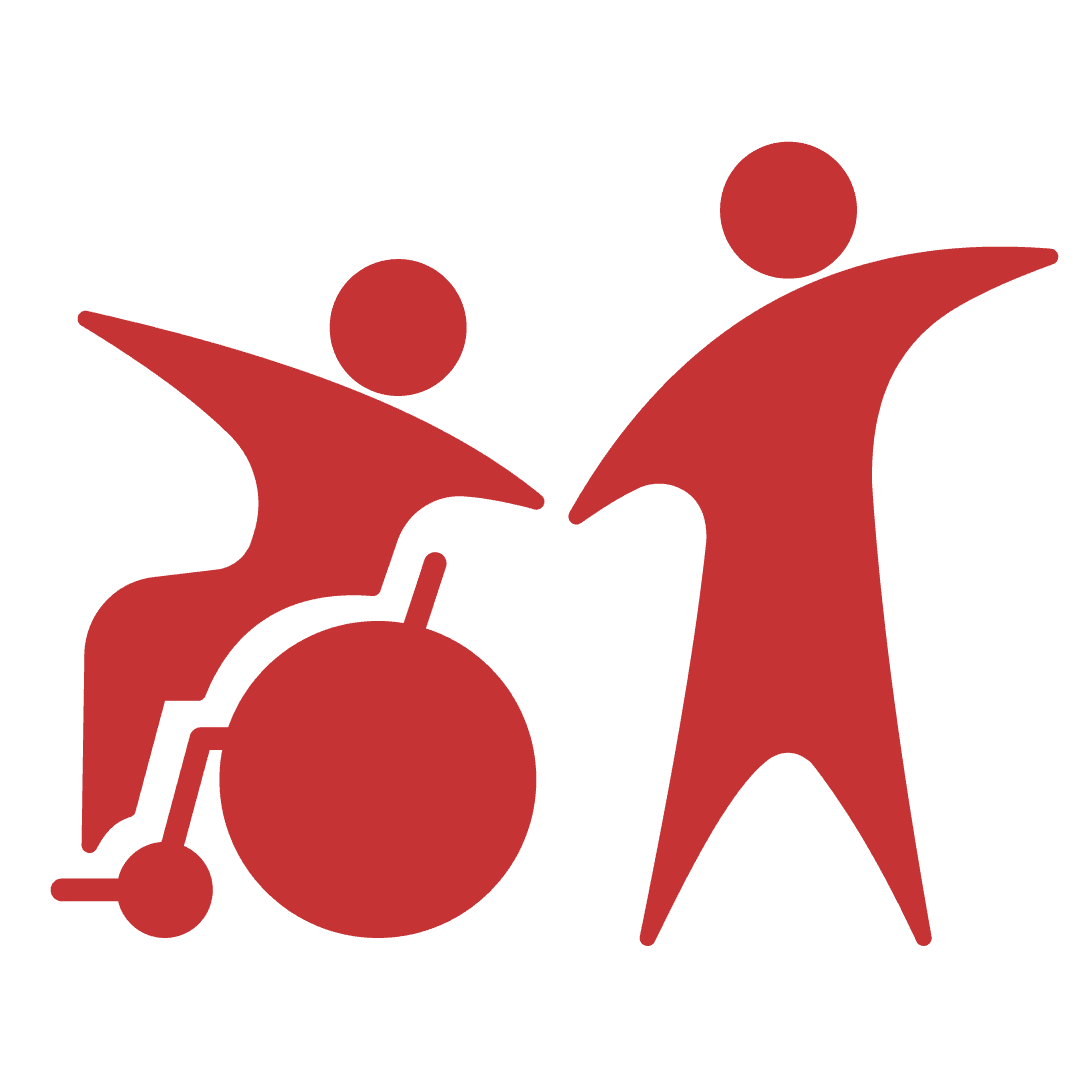
Inclusivity and Accessibility

Multifunctionality and Diversity

Safety and Managed Risk

Environmental Sustainability

Comfort and Sensory Awareness

Zoning and Age Appropriateness

Comfort for Caregivers

Integration into the Surrounding Environment

Awareness and Education

Интеграция в среду
Sometimes, parents’ beliefs or misconceptions can become a barrier to interaction between children, making the playground inherently unsafe for those with differences and potentially provoking conflict.
Special information resources on the topic:
Charitable Foundation for Systematic Support of People with Autism “Anton tut ryadom”
Psychological Center of the Fund for Cognitive Development and Neurorehabilitation “Kran”
Charitable Foundation to Assist Individuals with Mental and Psychological Disorders “Zhiznenny put'”
Foundation Helping Families and Children with Mental Health Issues “Dobrye dushi”
Research
The goal of the study is to establish a foundation for developing practical guidelines for universal playgrounds that are suitable for neurodivergent children and children with limited mobility. The research included an analysis of international and Russian practices, methodological and regulatory materials, as well as academic studies on the topic.
The space must be comfortable, accessible, and must include areas for privacy
Natalia Lampsy, Founder of the ASD Foundation “Vremya RASSveta”
In-depth interviews participants:
Natalia Lampsy Founder of the ASD Foundation “Vremya RASSveta”
Kindergarten teachers for children with ASD
Speech therapist / special education teacher
Parents of neurodivergent children
127
Responses
5
In-depth interviews
Limited play scenarios
Risk of injury
Social challenges
Sensory overload
Self-regulation difficulties
Accessibility issues
Navigation difficulties
Physical inaccessibility
Other
Primary needs
Children with physiological differences primarily face challenges with socialization and the physical environment, whereas children with psychological differences experience difficulties across all four categories of needs.
Mandatory recommendations
Security needs
Enclose the playground with a fence, hedge, functional panels, or other means. It is also recommended to fence off certain high-risk areas.
All playground elements must have a hard surface to ensure access for children with disabilities. The playground must have a gentle entrance slope, with no thresholds or elevation changes. Where loose materials meet, where a threshold or curb is required, an alternative approach without a threshold should be provided.
Equipment that can be climbed on at a height greater than half the child's height must be provided with safety barriers.
An information sign must be posted at the entrance to the playground, outlining rules of conduct and age restrictions, as well as usage scenarios that include children with disabilities. The sign should indicate that the playground is universal and provide background information on the specific behavioral requirements of children with disabilities.
It is recommended to provide rest areas for parents, including those with strollers. Parents' rest areas should be oriented to ensure uninterrupted supervision of children on the playground.
Soft surfaces and shock-absorbing materials should be used under play equipment to reduce the risk of injury from falls, as well as a combination of different types of surfaces depending on the area's function.
Play equipment and amenities should not have sharp edges or elements that could cause tripping.
«Old Lighthouse» • Buro Chekharda, Moscow • Navigation and rules for using the playground
Children’s Playground “Pyramids” • PJSC “PIK Group of Companies”, LLC “AFA” • Accessibility, ramps, zoning
Sensory needs
Ensure multiple entrances to the site, visibility, and adequate lighting.
If the site has a musical area, it should be isolated and separated from other areas.
The use of noise-absorbing materials (rubber surfacing, acoustic panels) to reduce noise levels and coverings for fall zones is mandatory, and noisy areas (sports courts) should be located away from quiet areas.
Sound barriers should be created to protect against external noise.
The site should have sufficient natural light and be illuminated with soft, warm lighting at night. However, quiet areas intended for grounding may have reduced illumination.
«Laasby Sea Park» • Labland Bureau, Denmark • Tactile elements on the surface
Play area at the residential complex "Lucky" • Ludno Company, Moscow • Fences, safe surface
Physical needs
Ensure multiple entrances to the site, visibility, and adequate lighting.
If the site has a musical area, it should be isolated and separated from other areas.
The use of noise-absorbing materials (rubber surfacing, acoustic panels) to reduce noise levels and coverings for fall zones is mandatory, and noisy areas (sports courts) should be located away from quiet areas.
Sound barriers should be created to protect against external noise.
The site should have sufficient natural light and be illuminated with soft, warm lighting at night. However, quiet areas intended for grounding may have reduced illumination.
The need for socialization
It is essential to have quiet areas where children can rest from overload and recover their strength.
The "Level Donskoy" apartment complex • Company "Igratex", Moscow • Opportunities for various types of movement.
Resilience playground • Bureau Jakuets • Trampoline designed to enable joint play for active and less active children: one child can lie in the center while the other jumps around the edge, allowing both to feel each other’s movements and vibrations.
Sensory outdoor playground (0+) • Nizhny Novgorod • Variety of textures, stimulation of tactile sensations
Additional recommendations
Security needs
It is recommended to provide signs with instructions for safe operation on gaming equipment.
Sensory needs
The use of clear visual and tactile cues to mark different zones (color, texture, tactile panels, pictograms, lighting, interactive and inclusive panels) is recommended.
It is recommended to provide elements with different textures, patterns, and colors that harmonize with the playground elements. Sensory pathways can be created if possible. Use different textures and materials (wood, stone, water, metal, fabric, rubber, imitation mirror) to stimulate tactile perception, and create tactile panels/toys to develop fine motor skills.
When designing new playgrounds, it is recommended to use participatory design methods to engage parents and children with special needs.
The use of elements that exert pressure on the body (tunnels, nets) is recommended to improve proprioception (sense of position and body awareness).
It is recommended to use elements that require coordination of movements to develop the vestibular apparatus (for example, walking on a log, stepping over obstacles, a path made of logs of different heights).
Physical needs
It's important to consider the climate in which the playground is located. Provide shelters, water points for hot climates, and windbreaks. Use warm colors and lighting for cold climates.
Accessible restrooms should be located near the playground.
Providing opportunities for various types of movement (e.g., linear, rotational, and oscillating) is recommended.
The use of swings, seesaws, carousels, and other elements that stimulate the vestibular system is recommended. Provide various holders and fastenings.
Thematic small architectural forms should be created, emphasizing social and everyday rituals, as well as role-playing.
The creation of areas for play sports (ping-pong and chess tables) is recommended.
Teenagers in the City
Research Context
The aim of the study is to develop recommendations for designing spaces for teenagers. An analysis was conducted of international and domestic practices, methodological and regulatory materials, and research on the topic.
119
Responces
2
In-depth interviews
Index of Courtyard Space Infrastructure Availability
* Based on the Key Capital study of courtyard spaces, Moscow
Age Distribution of the Population in Russia
Children
Teenagers
Young Adults
Adults
Aged
Long-lived
* According to the Federal State Statistics Service (Rosstat)
«Unsupervised play for teenagers aged 13–19 is perceived by others as dangerous, and opportunities for it are almost non-existent. Teens miss out on the chance to interact in society, challenge themselves, and manage their own time».
[Jelena Kocmaruk (2021, Canada) Measuring Park Quality for Youth 13-19]
Which zones seem most appealing to you, as teenagers?
Simply improving a space is not enough; it is necessary to create a ‘place of power.’ When you work on this together with teenagers, they begin to feel connected to the place and take greater care of it
Lyubov Gurary, Curator of participatory practices, educator, co-founder of the «City for Me» project
How often do you, as teenagers, visit playgrounds?
Almost never
Almost every day
Several times a week
Once a week or less
The favorite activity on playgrounds is climbing. It would be great to have an obstacle course on the playground and a large rock that could be painted on
Ivan, 12 years
What issues do you, as teenagers, notice with playgrounds?
The difficulty in describing ‘their’ spaces for teenagers in Russian cities is due to the lack of well-equipped spaces and their uneven distribution. Teen participants in focus groups spoke of constant competition for territory: with children for playgrounds, with homeless people and elderly women for benches in parks, and so on
I.A. Krylova, A. G. Filipova (2021) St. Petersburg for Teenagers: Everyday Spaces
Research. Age and Gender
Older Teens (14–17 years)
Privacy, complex forms of activity and sport, self-reflection, identity, self-expression, and visually complex environments. Play Elements:
Zones for workshops (“clubs”) with themed equipment.
Areas for non-sport activities (dance floors, yoga zones).
Objects with visual complexity (geometric shapes, light installations).
Younger Teens (10–13 years)
Socialization, Safety, Nature Observation, Functional Variety. Play elements:
Spaces for gathering in groups
Safe, well-overlooked playgrounds
Play areas with scenic views
Maximum variety of movement and observation points
Gender-specific characteristics
Safety and Comfort:
Girls often feel vulnerable in spaces dominated by boys. Solutions:
Zoning the playground (e.g., quiet corners away from noisy areas).
Good lighting and clear visibility.
Non-Competitive Activity
Movement without competitive pressure. Solutions: Roller skating areas, mirrored walls for dance, elements for impovisation
The percentage of girls playing outdoors
45%
0-4 years
→
0-4 лет
23%
13+ years
The percentage of boys playing outdoors
55%
0-4 years
→
0-4 лет
77%
13+ years
According to a study by The Hague University, Netherlands
What issues do girls notice in playgrounds?
Because children come to playgrounds to ‘let off steam,’ and sports grounds encourage competition, teenage girls feel ten times less safe in public spaces.
This affects their social, physical, and mental development and makes it harder for them to understand their place in society
Study by Urban Minded, Denmark
Creating physical activity spaces focused on free movement rather than competition will provide teenage girls with greater opportunities to use playgrounds.
Considering teenagers’ age-specific needs can be achieved by combining a wide variety of activity types through thoughtful zoning.
Research. Teenagers’ Needs
Socialization and Interaction
Spaces for informal socializing across different groups.
Multifunctional amphitheater
Table for a small company
Teenagers are looking for ‘their own group’; their primary need is socialization. They want to be accepted and to have their own space
Creativity and Aesthetics
Engagement through a visually rich environment and spaces for self-expression.
Art object, installation
Transformable table
The problem is the lack of constructive alternatives to vandalism
Ownership of Space
The ability to transform the environment to suit one’s needs
Drawing surface
Transformable modules
Place-based self-identification is important for teenagers
Privacy and Seclusion
The ability to be alone, feel protected, and spend time without others’ attention
Hammock
SAF Shelter
SAF Tower
Zoning of the area
Teenagers also want to see everyone, but they don't want to be seen
Peer Acceptance and Freedom from Judgment
The space should be welcoming for everyone and prevent dominance by specific groups of teenagers
Open space
The need for recognition, mentorship, and horizontal connections with significant adults
Physical Activity and Positive Risk
Challenge themselves, an opportunity to “release” adrenaline, movement without competitive pressure
Climbing wall
Skate ramp
Tennis table
At the same time as being active, lying down is a fairly strong physiological need
Recommendations
Socialization and Interaction
Provide zones for socializing with varying group sizes, from small spaces for one-on-one conversations to tables for larger groups and project work. Include spaces, such as amphitheaters, where individuals can speak to a larger audience.
Ensure amenities for online interaction—areas to sit with a laptop, Wi-Fi access, and power outlets where possible.
Creativity and Aesthetics
Teenagers need spaces for self-expression and creation. Playgrounds can include zones for dancing, graffiti, photography and videography, performing, listening to music and singing, and creating art objects.
It is important that these activities can be done both publicly and privately, without disturbing others or facing judgment.
The playground should be aesthetically appealing.
Privacy and Seclusion:
Teenagers need spaces for rest where they can be alone, feeling comfortable and safe. Quiet zones should include not only seating but also semi-reclined or lounge-style areas.
Spaces for playing calm, low-key games with a friend should also be provided.
Ownership of Space
Provide teenagers with the opportunity to adapt the environment to their needs, for example, through modular structures.
Where possible, involve teenagers in the design of future public spaces using participatory design methods.
Peer Acceptance and Freedom from Judgment
Playgrounds should be divided into zones for teenagers with different interests and temperaments, ensuring that everyone feels comfortable.
It is important to prevent dominance by certain groups and to design spaces so that different social circles do not interfere with each other.
Physical Activity and Positive Risk
It is necessary to provide diverse opportunities for controlled positive risk.
Zones for non-sport and non-competitive activities and games should also be included.
Recommendations. Places for Teenagers in the City
Recommendations. Playground Amenities in the City
Recommendations. Existing Spaces for Teenagers
«Salute» Playground, Moscow • The venue is zoned for different types of activities
Modular Playgrounds, Seoul • A transformable playground equipment that combines various forms of activity
FabLab in a container, Sochi • A place for communication and creative realization
City Museum in St. Louis • A complex climbing structure that meets the needs for positive risk.
"Moscow Seasons" Skateparks • A place for positive risk for teens both in groups and alone.
"Atelier" at GES-2, Moscow • A place where teenagers can realize their ideas
Teen lounge at "Blagosfera" • Regardless of the season, teenagers can relax, communicate, play board games, and participate in master classes.
"Superkilen," Copenhagen, bureau BIG • Various spaces for communication, especially relevant for girls.
In hot regions, it is recommended to include elements that provide shade on the playground, such as canopies, pergolas, or trees. Temperature can also be reduced by incorporating landscape pools, fountains, and misting systems.
To protect playgrounds from rain, it is necessary to provide drainage systems and use permeable paving materials to divert water from the play area. Rain gardens can help not only collect and absorb water but also serve to zone the playground space.
Playgrounds located in northern regions are characterized by heavy snowfall, subzero temperatures, wind, short daylight hours, and the presence of insects during the shoulder seasons.
Heated elements on playgrounds, the inclusion of active winter games, covered heated pavilions with infrared heating lamps, and warm lighting can help mitigate harsh climatic conditions.
The area can be protected from strong winds by using a system of hills combined with slides and climbing elements, or by tall small architectural forms (SAFs) whose interior spaces can serve as shelters. Coniferous trees and shrubs can also act as natural barriers.
Our research is ongoing — stay tuned for concept updates.
It is recommended to review this together with the “Technological School” concept.
Below are quotes from in-depth interviews with school principals and education experts which took place during 2022-2023. They show the diversity of approaches and solutions for organizing the work of schools. It is important to note that in the interviews we discussed issues related to both architectural and technological solutions, as well as problems of management, team interaction and financing. The analysis of these interviews and NF architectural studio’s experience working with schools formed the basis for the concepts presented.
The meanings and values of the organization should first of all be transmitted through its activities, and not only be written on paper and walls.
A high rate of staff turnover within an educational organization creates a risk of losing values and blurring of meanings. The culture can be saved by unindifferent members of the teaching staff, who will take on the function of "keepers of meanings".
The school should also help students learn how to cope with difficulties and act effectively in situations of choice and goal achievement.
The building must instigate teachers to collaborate. It rarely works effectively at the moment, since the educational process and the logistics are not thought through. But it is teachers' mutual discussion that allows to raise a diversified child.
The team of cooks and canteen staff play significant role in the communication with the students. It is important to culturally involve them and organize trainings to teach them help children with their food choice and talk about the importance of healthy eating. Proper nutrition is an essential element of child's well-being. Therefore, a right cook is as important as any educational coordinator.
A separate family zone for children and parents will be helpful for the family spirit and will unite people around the school.
What can be changed? Nothing needs to be changed, let the schools be different. The future of schools in their diversity. It's important to hear from parents who are constitutionally obliged to educate their children and provide basic general education.
Supervision for teachers is needed not as usual supervision, but as a form of feedback. There can be different forms of education in primary school. There may be one teacher, there may be subject teachers, but it's important that these forms of work do not lead to disconnection between teachers. On the one hand, there may be a "school in the school" - each teacher has his or her own school with his or her class or children «crawl from the trench to the trench» with different style of subject teachers.
At the lesson, you need to change the mise en scene: one child works at the blackboard, another one on the carpet, the third on the windowsill. Individual work should be replaced by work in pairs, groups, the class can transform into a theater. We pull the string and hang the curtain. Necessarily two work surfaces: for marker and chalk. Furniture should be transformable and light, it's necessary to create an open area for working in a large circle.
In the future, it would be desirable that, taking into account strict regulations when implementing the object of education, each institution still has its own individual features and becomes a unique and favorite space for children and families to develop. In order to achieve this it is very important to develop cooperation between development and construction companies with education experts of various competencies.
When implementing an educational object the question often arises: why is the cost of designing a school or kindergarten more expensive than for housing or other objects? The fact is that children's institutions imply very high requirements for the educational environment and the principles that the operator lays down in his activities, for engineering in terms of ventilation, security systems, lighting and acoustics, for finishing materials that must be as safe as possible, certified and wear-resistant. Sometimes while creating a high-quality space, it is necessary to involve not only architects and technologists specializing in educational facilities, but also various experts from the academic environment to psychologists and nutrition specialists.
It is important at the earliest stage of the project to think about such aspects as location, logistics, safe approach and transportation of children, unloading of the food unit and garbage collection, so that the life support of the social facility organically fits into the life of the entire residential complex.
School of the future: the system will be built in such a way that the school will follow the interest of the children more, students will unite around topics interesting to themselves, and teacher will take the role of a consultant.
Operating costs can be reduced by implementing energy-saving systems.
Changes are needed in the improvement of the street space. Firstly, landscaping can be used by children after school time. Secondly, to use it for residents of the district during extracurricular time. To do this, it is necessary to put more game objects and additional facilities for recreation. Also pay increased attention to safety: increase adults during a walk, strengthen street video surveillance, think about a separate entrance from residents and how to cut off the intersection of streams: students and residents of the district.
Modern trends in the development of children dictate that there is an urgent need for the mandatory presence of the following specialists: neuropsychologist, speech therapist, psychologist, defectologist. Additional offices are needed for these specialists.
It is important for elementary schools to create a space for demonstrating their work.
Increasing labor productivity through digitalization of processes.
Possible formats of school: — Hybrid education: there is no need to significantly change the spaces of the school, so the basic learning formats are group meetings with the teacher and group work on projects, which can happen in the current classes. — School=co-working (for middle and high school): the child studies independently, parents pay for the "workplace" of specialists who supervise the distance learning format and the tutor support system. — School = community: the entering of school life into the urban or rural community and back, the establishment of connection between the school and the city, the school partially assumes the socio-cultural function for residents, while students actively use the urban space for learning.
Schools rarely have a systematic practice of sharing experience among teachers. There are several reasons: the lack of time, no certain format for sharing experience, when teachers visit and discuss each other's classes, methods, that every teacher can use successfully, lack of effective feedback from colleagues. It is important to provide space for teachers to organize collective workshops as well as forming school environment, that promote the exchange of experience.
It is also important to construct strategy of achieving this learning outcomes for every child. It is crucial to build a system of regular discussions, tracking the outcomes, and adjusting an individual learning route based on the feedback from all teachers who work with the student. Currently in many schools learning outcomes are formulated in a very abstract manner and often on the outdated paradigms basis, so it is necessary to carry skill enhancement training for teachers familiarizing them with modern education practices.
Future steps
Rethinking the in-depth interview format. Second stage of interviewing — 2025
Updating concepts and adding new ones. Once a year on a rolling basis
Research results will be used in Nadezhda Fedotova's book, the first book about architecture and technology of schools published in Russian — 2026


















































